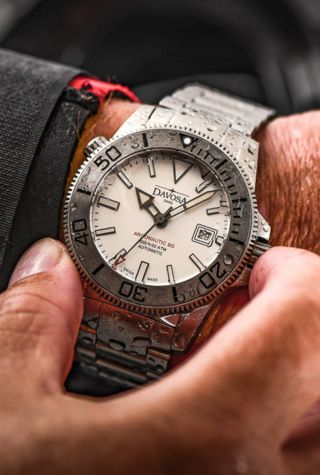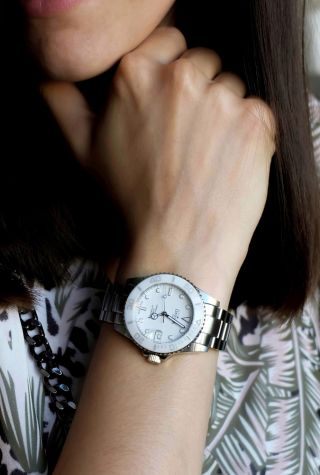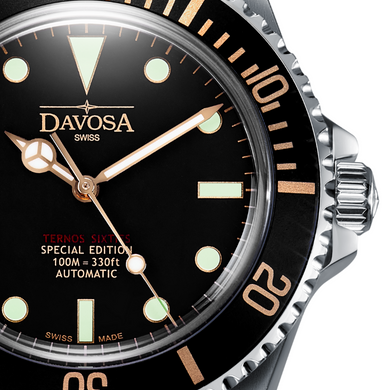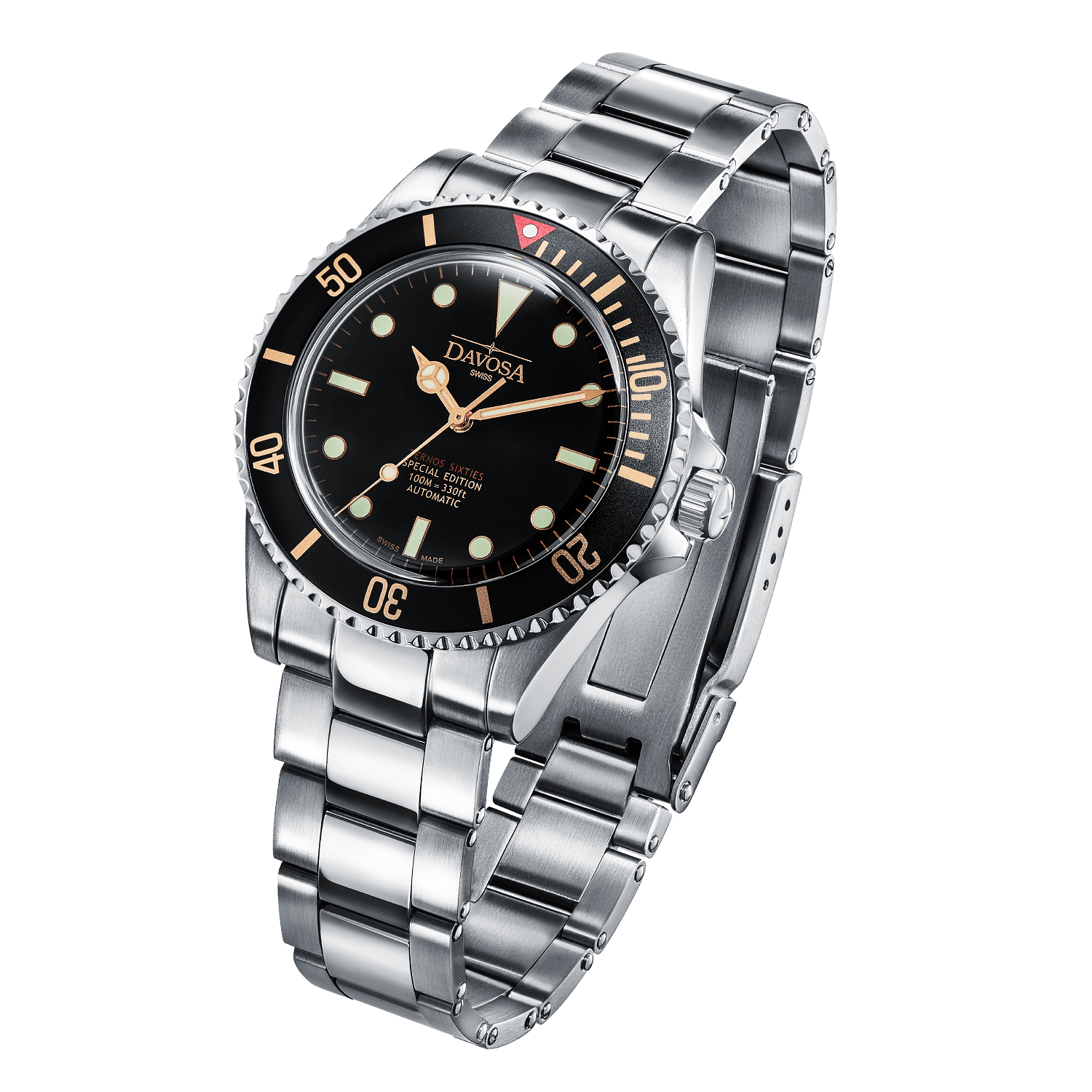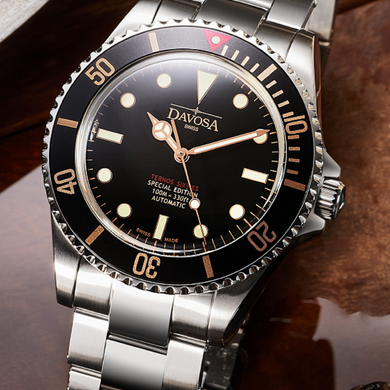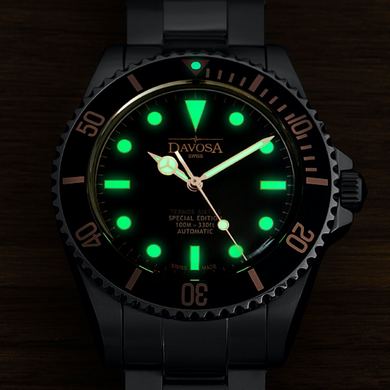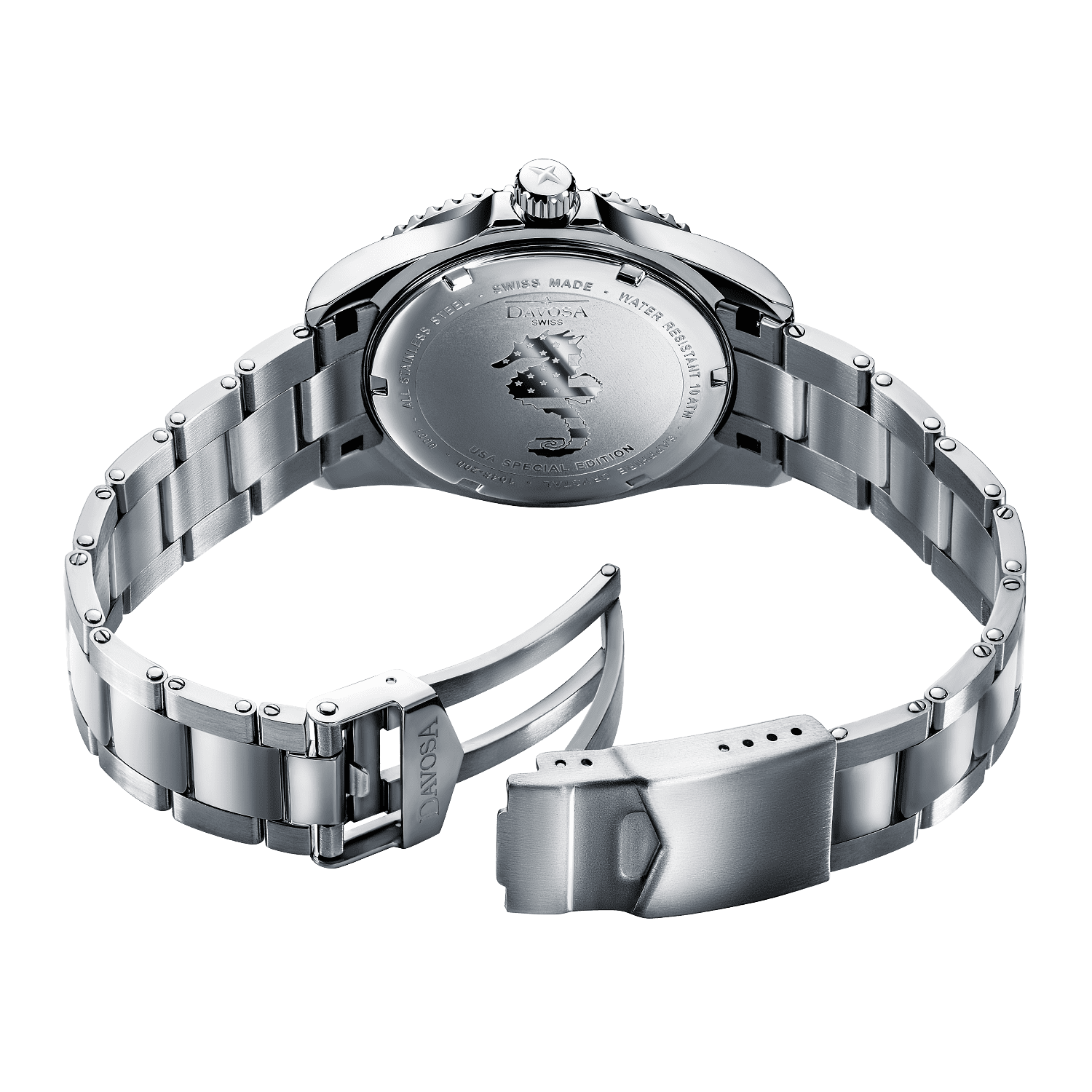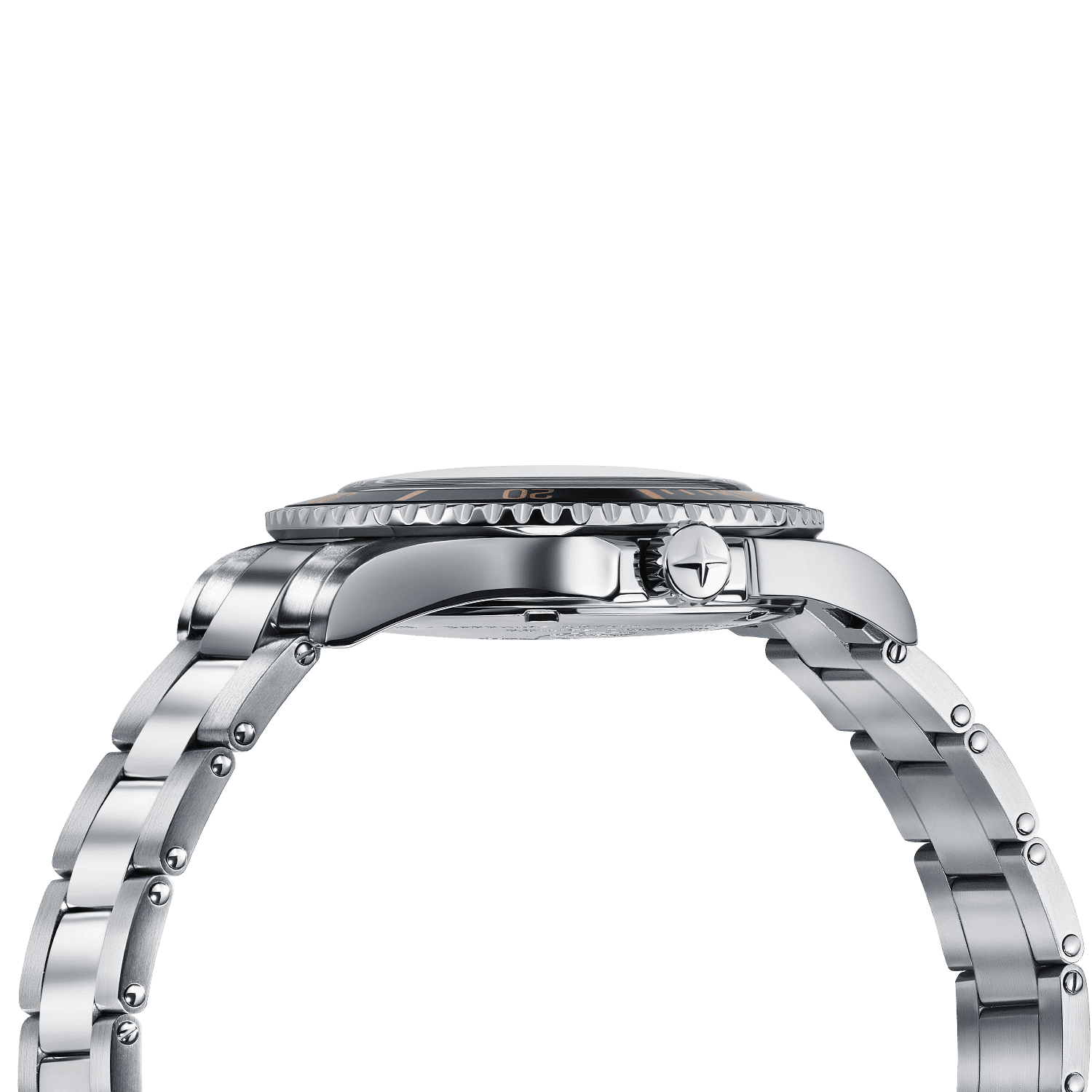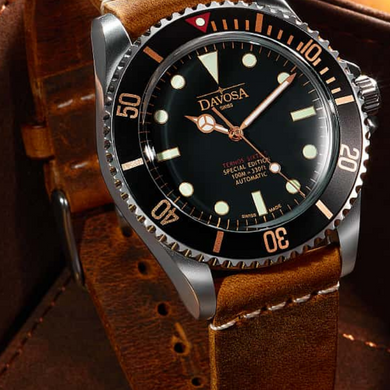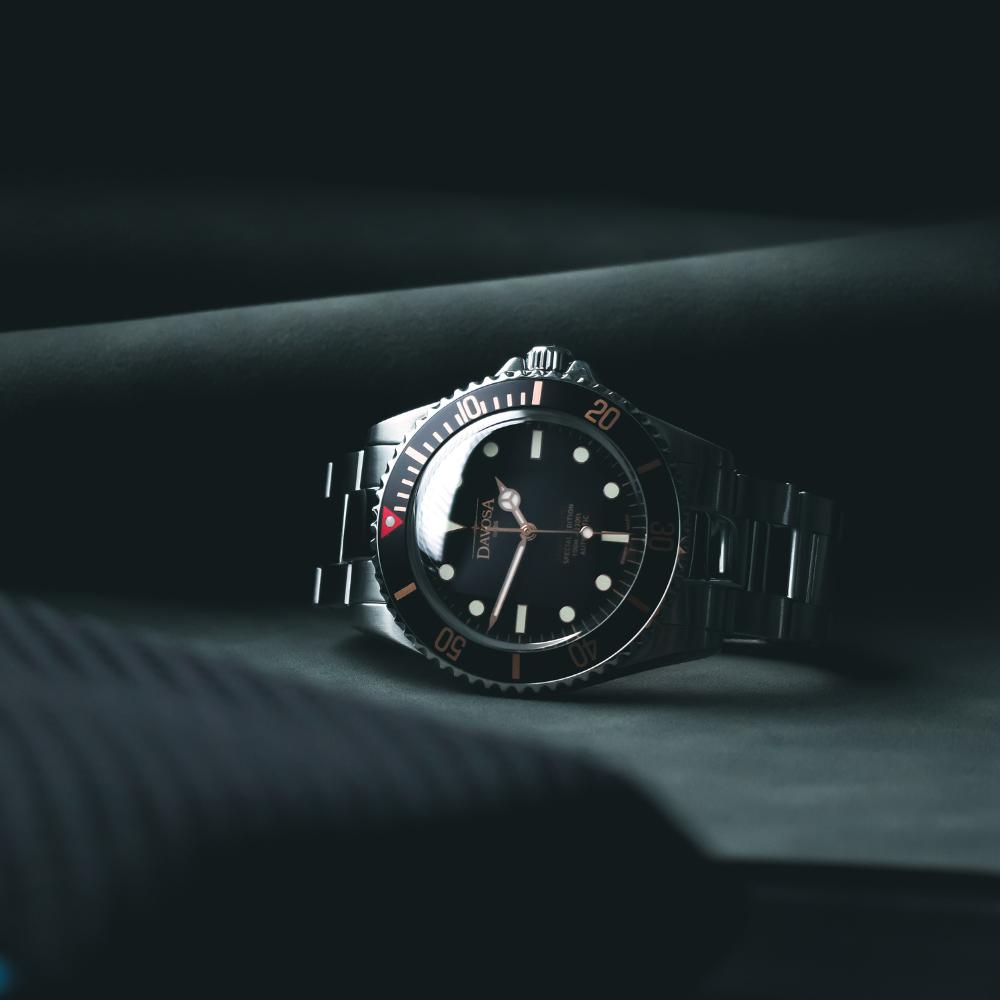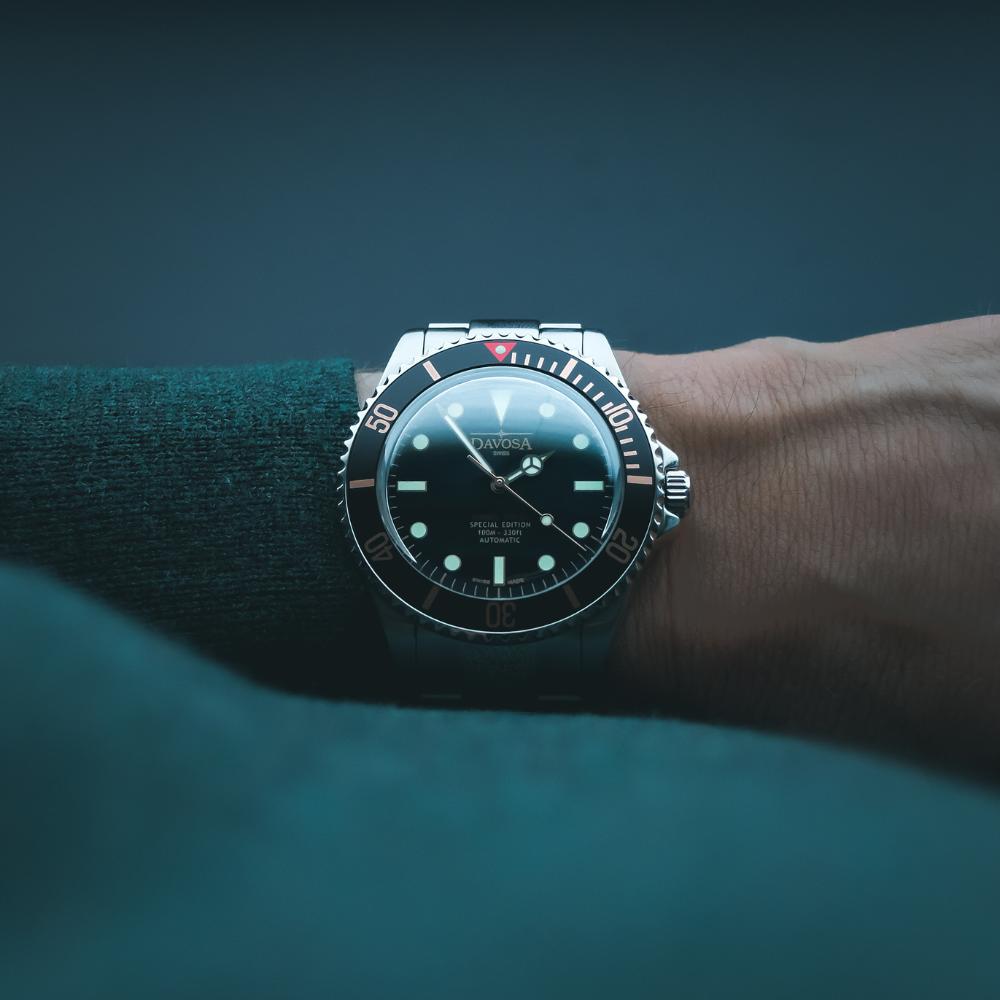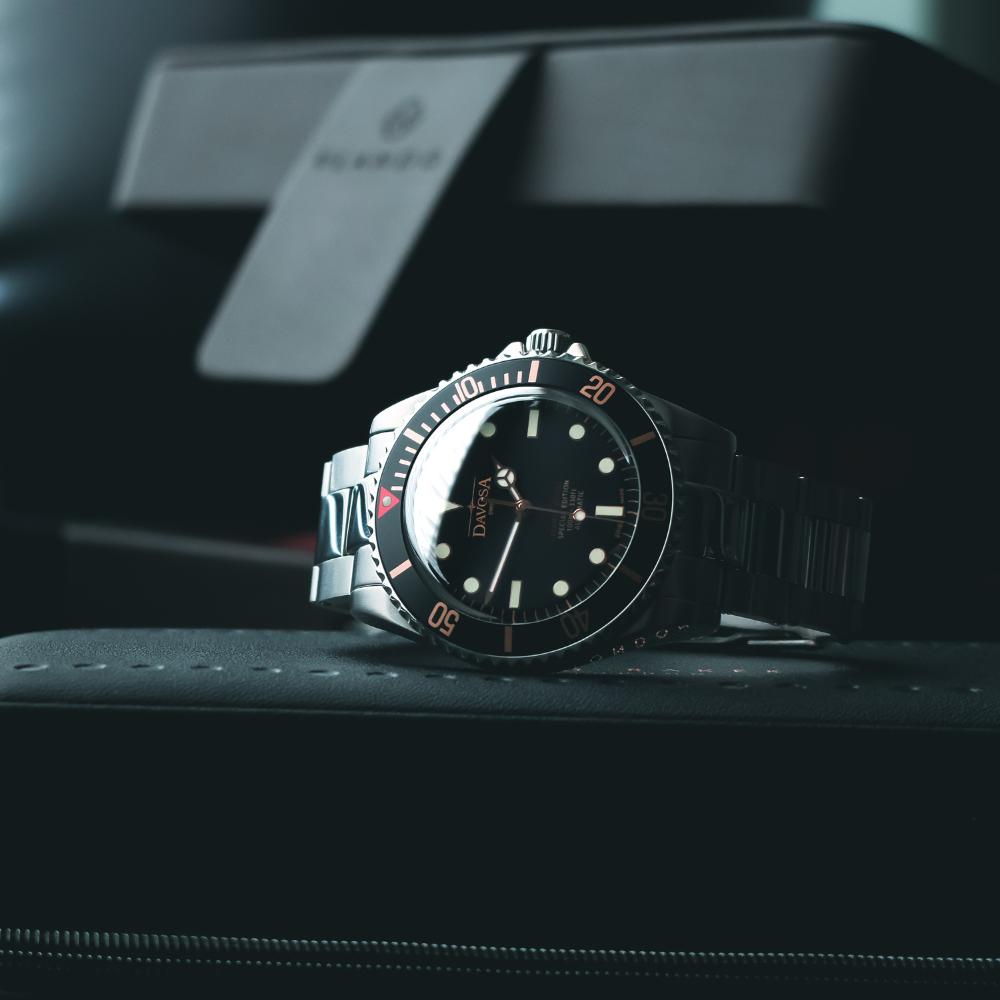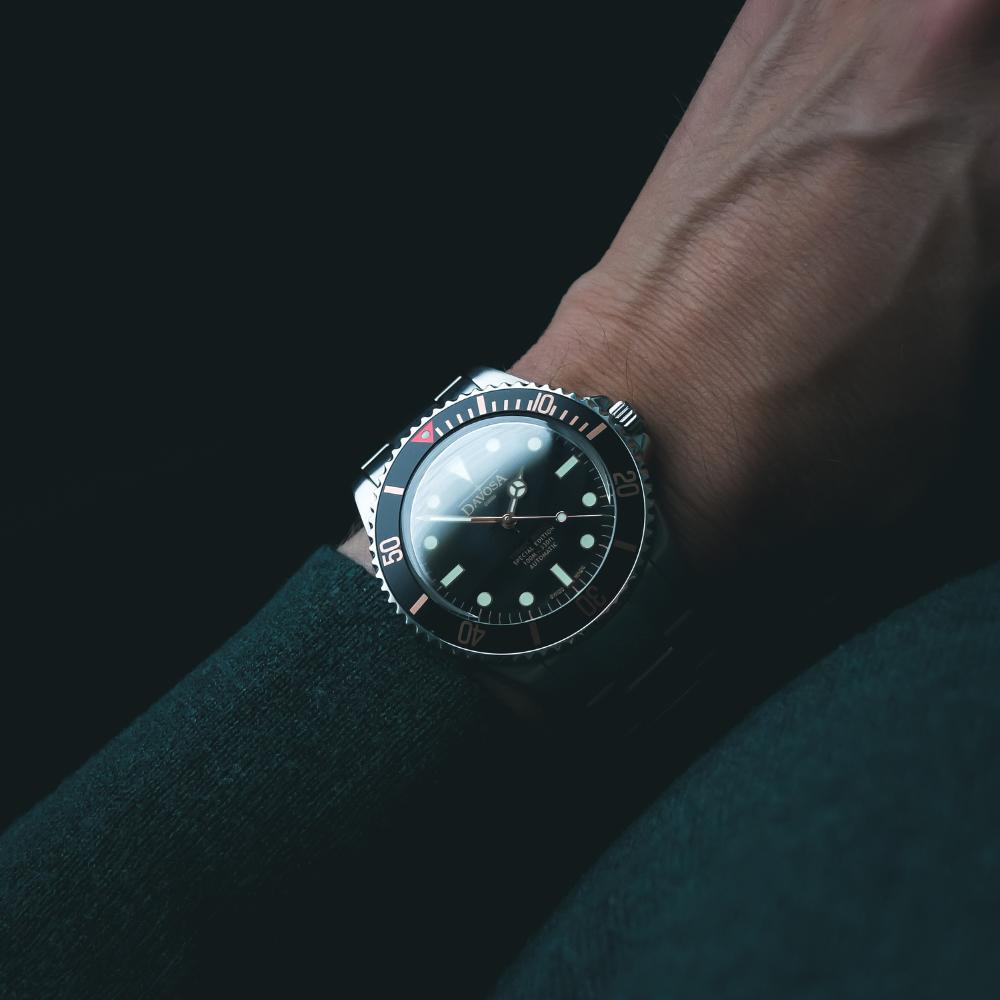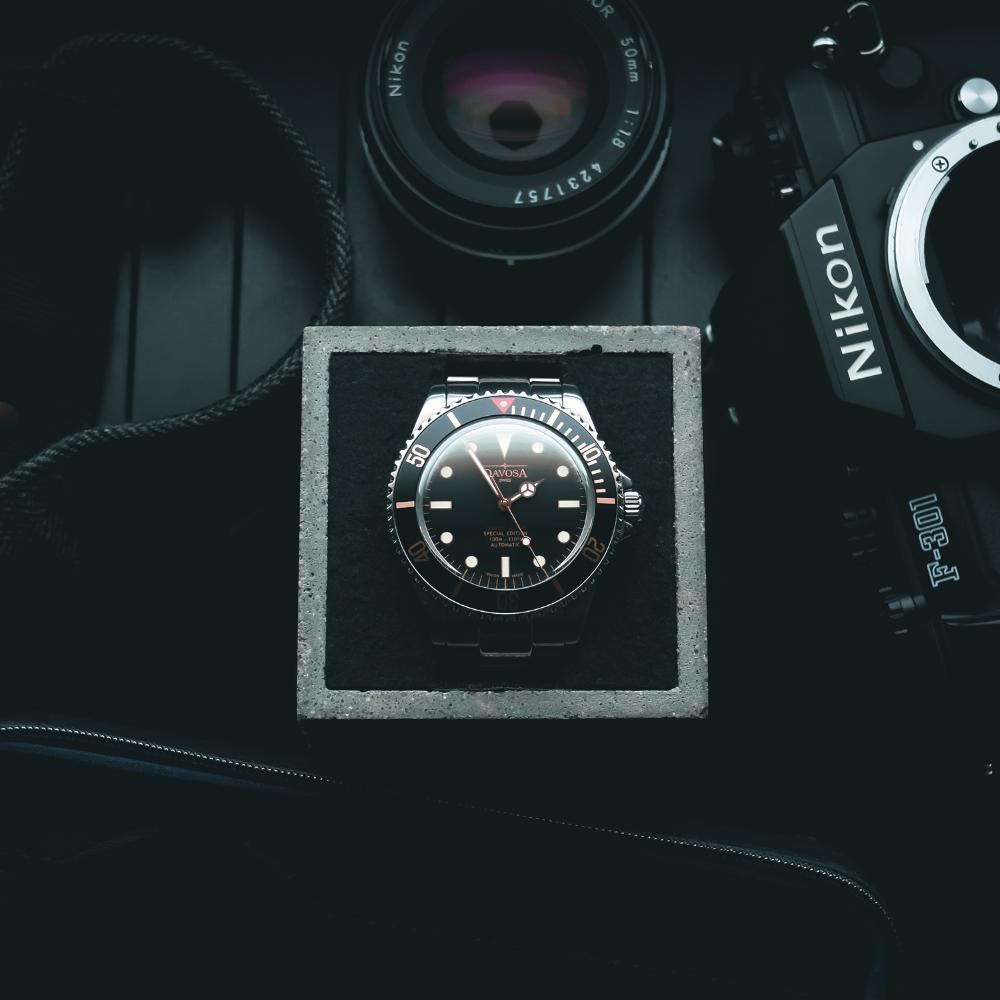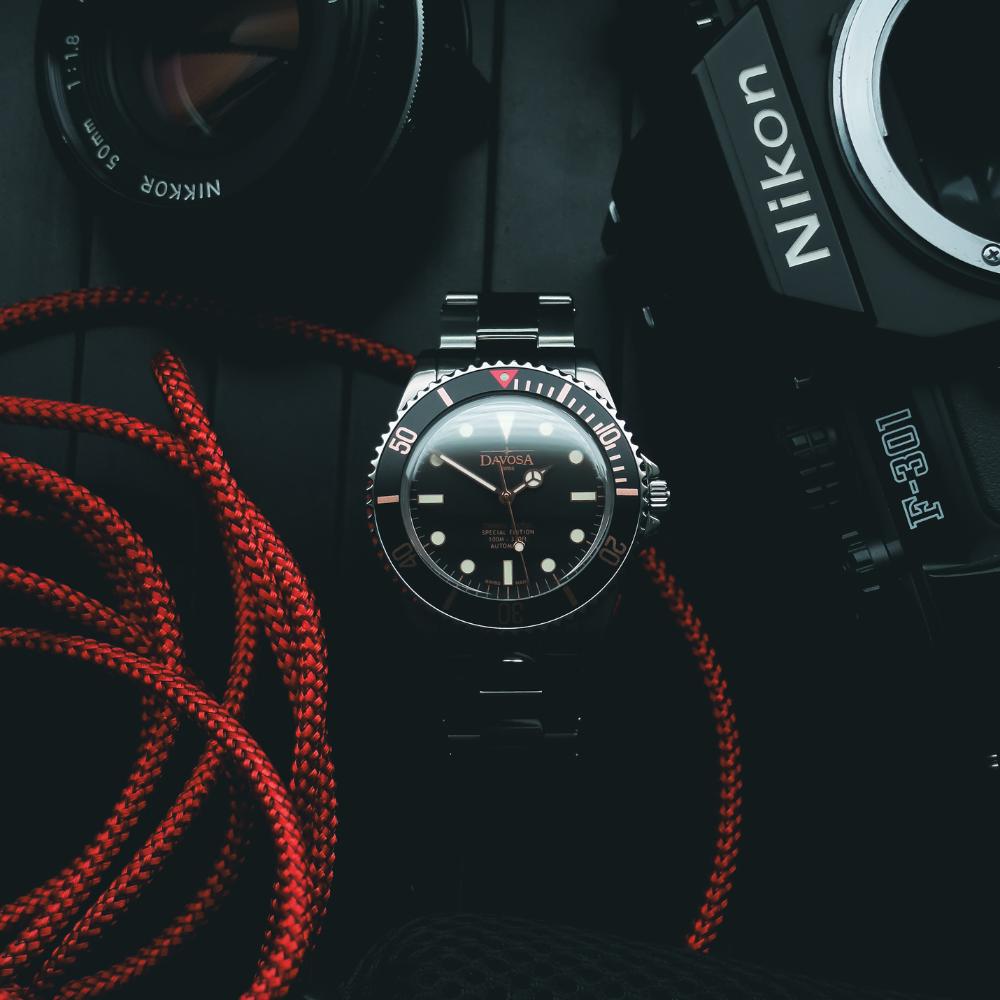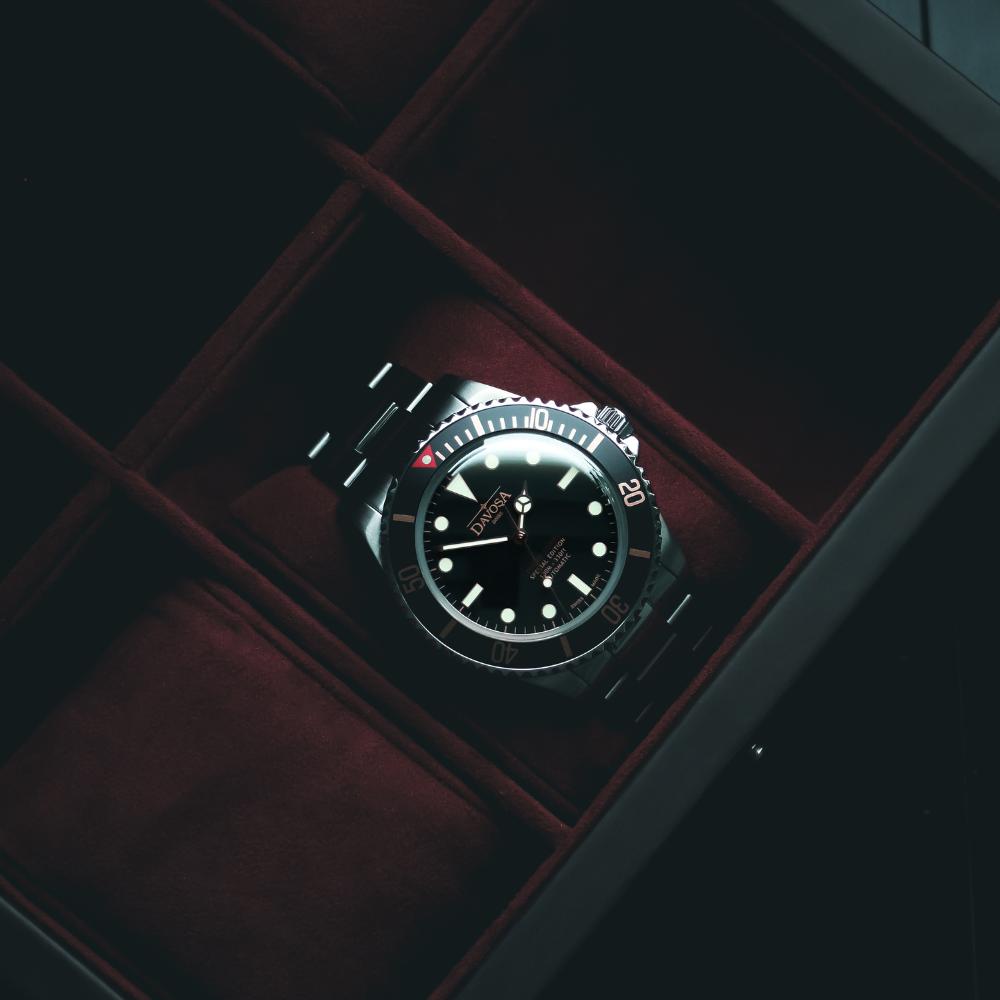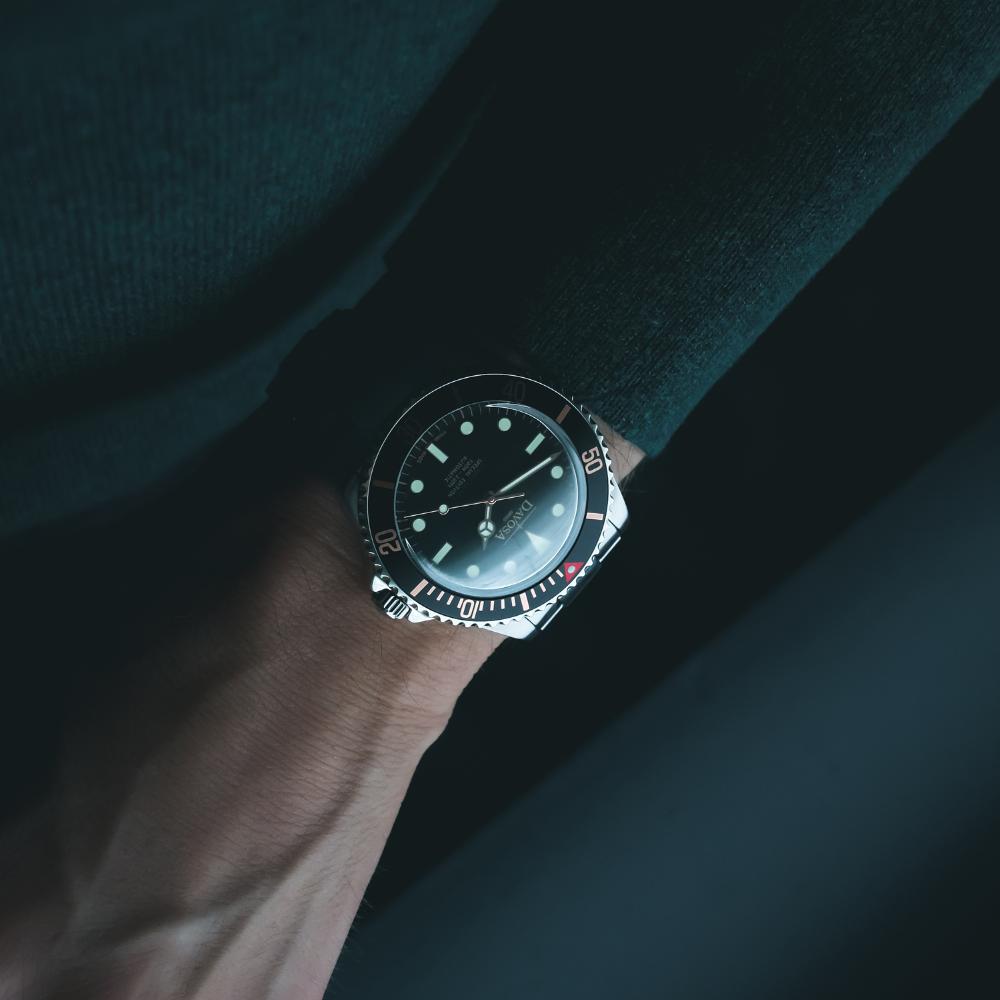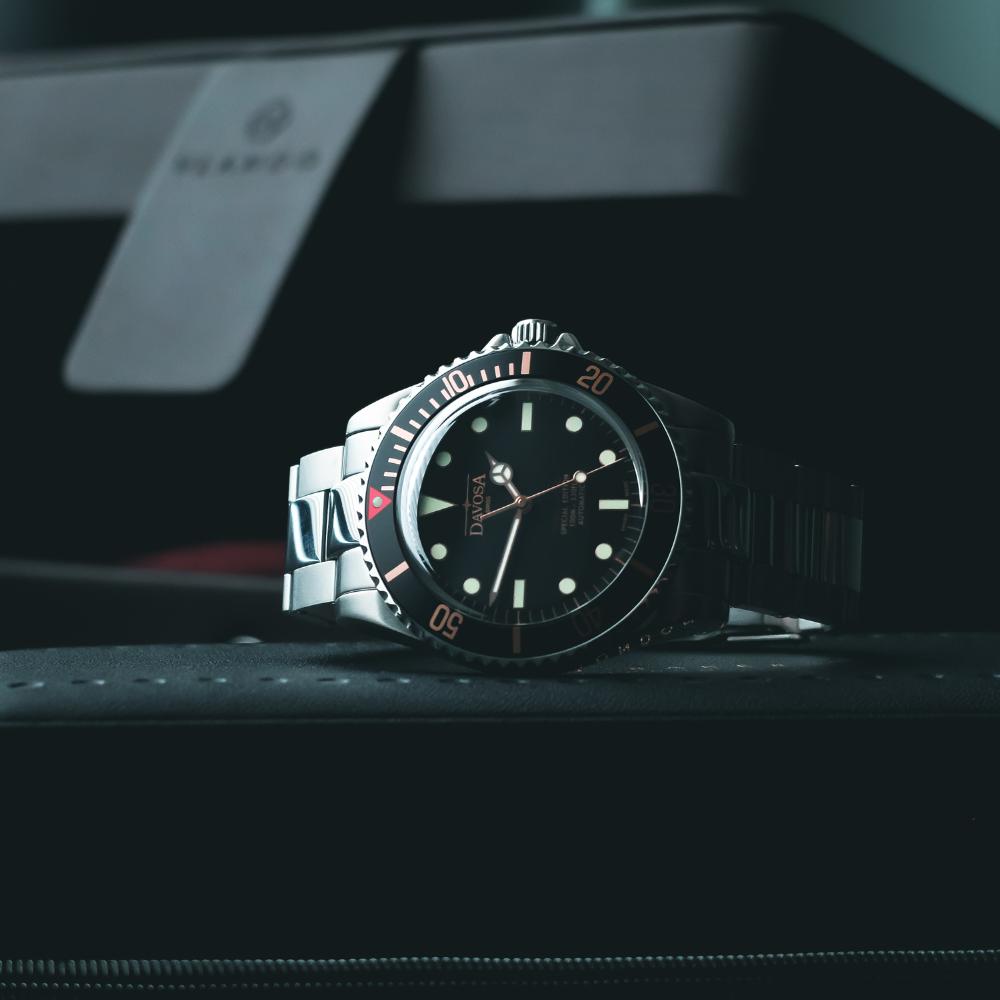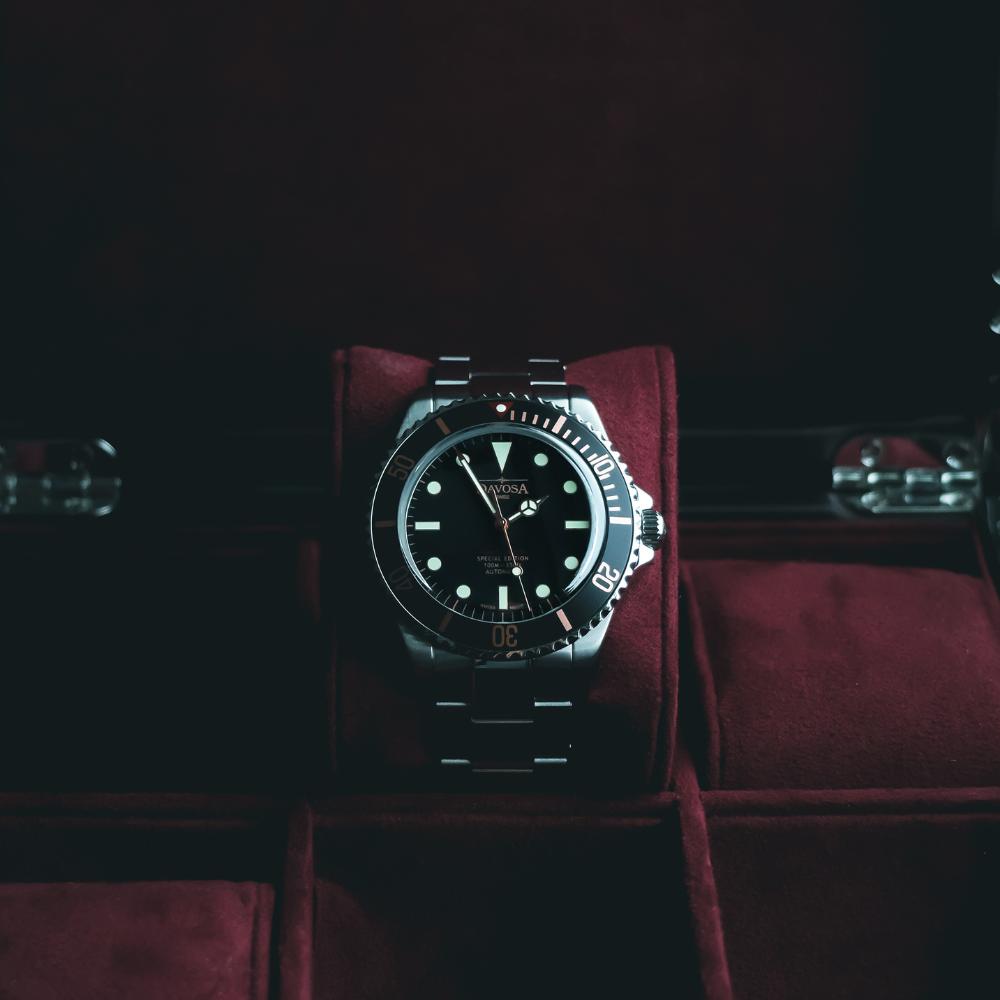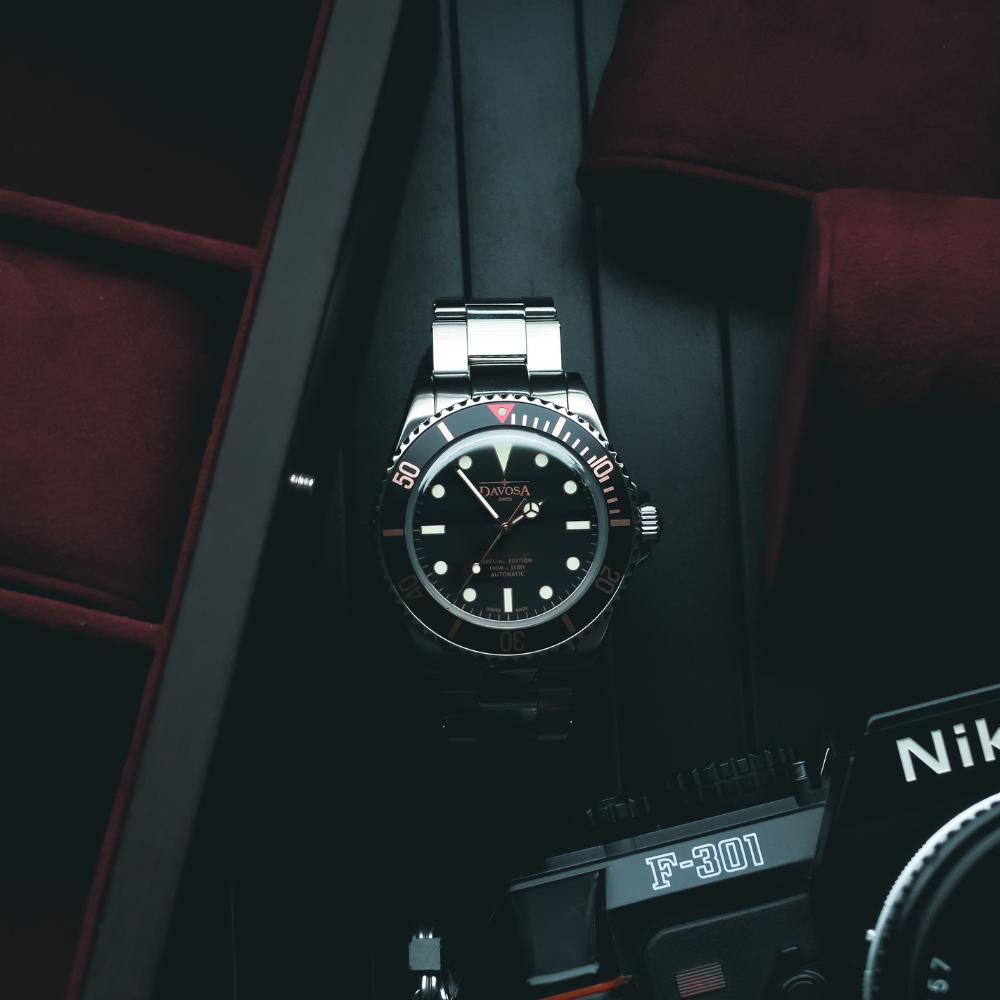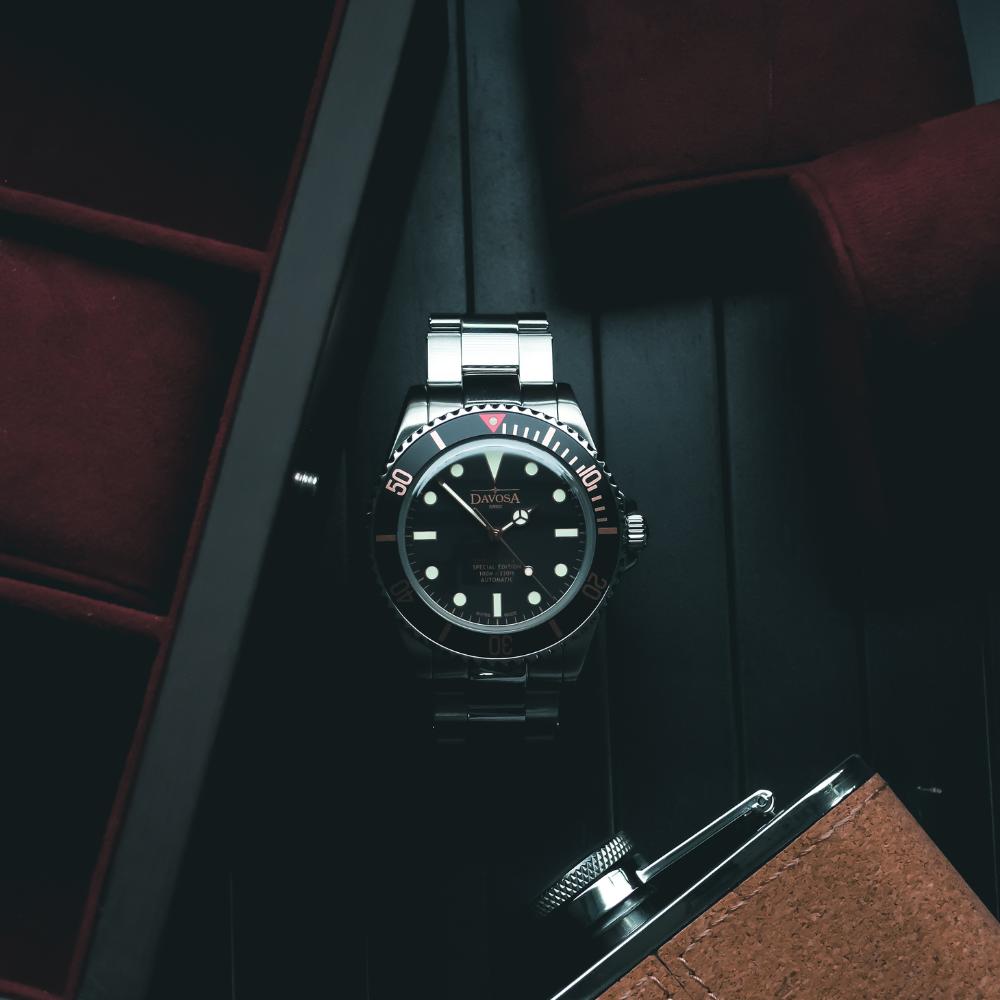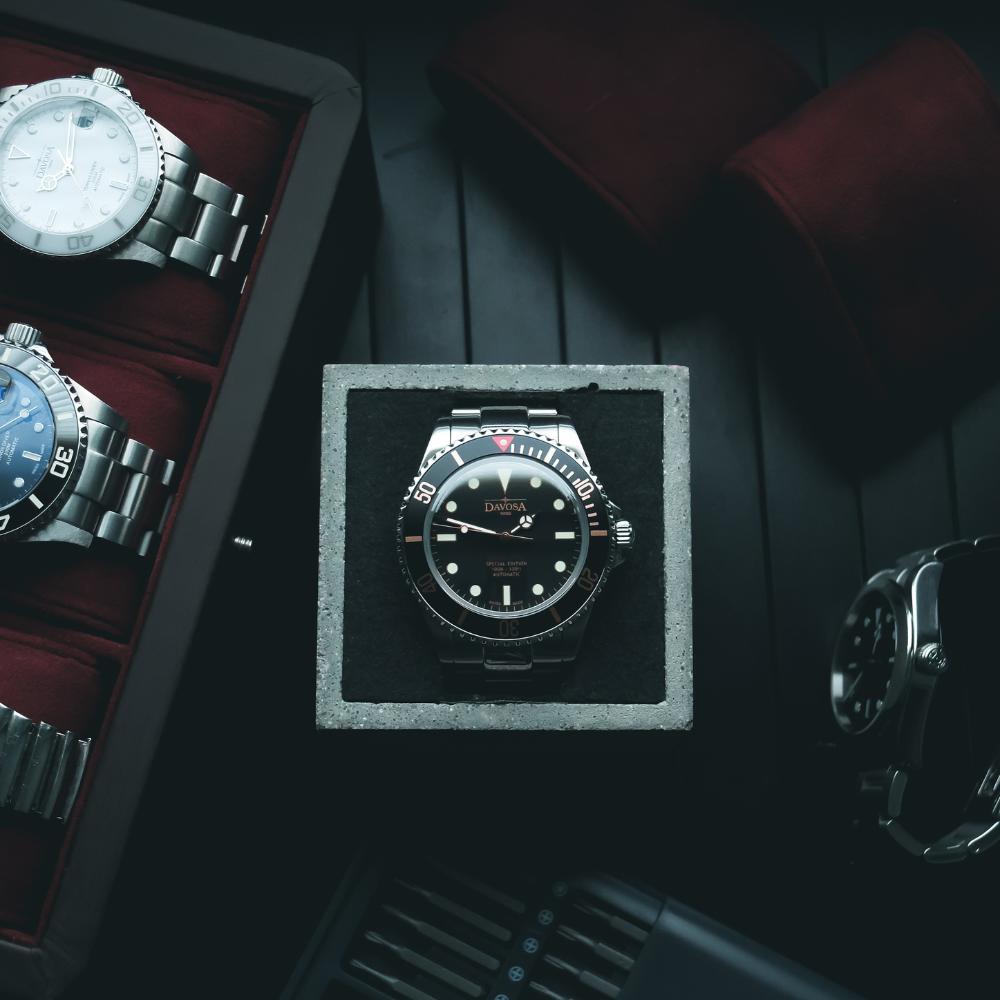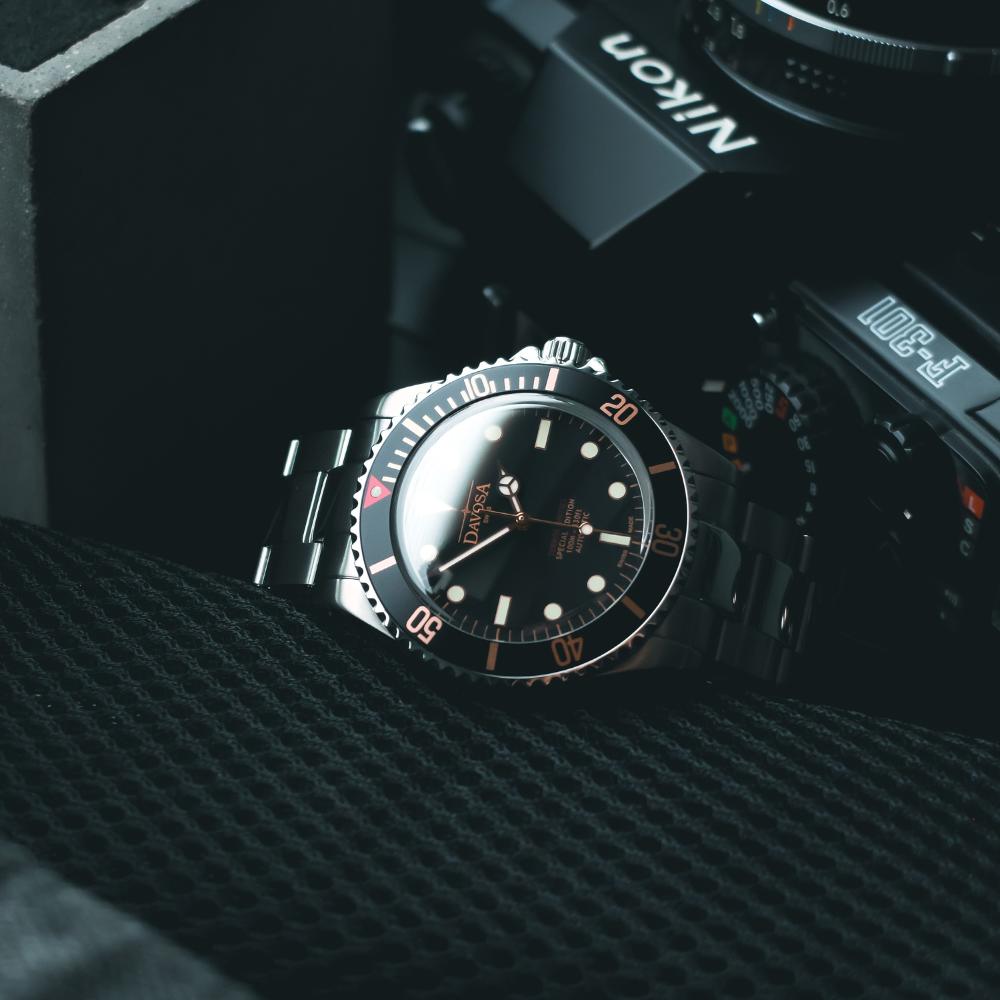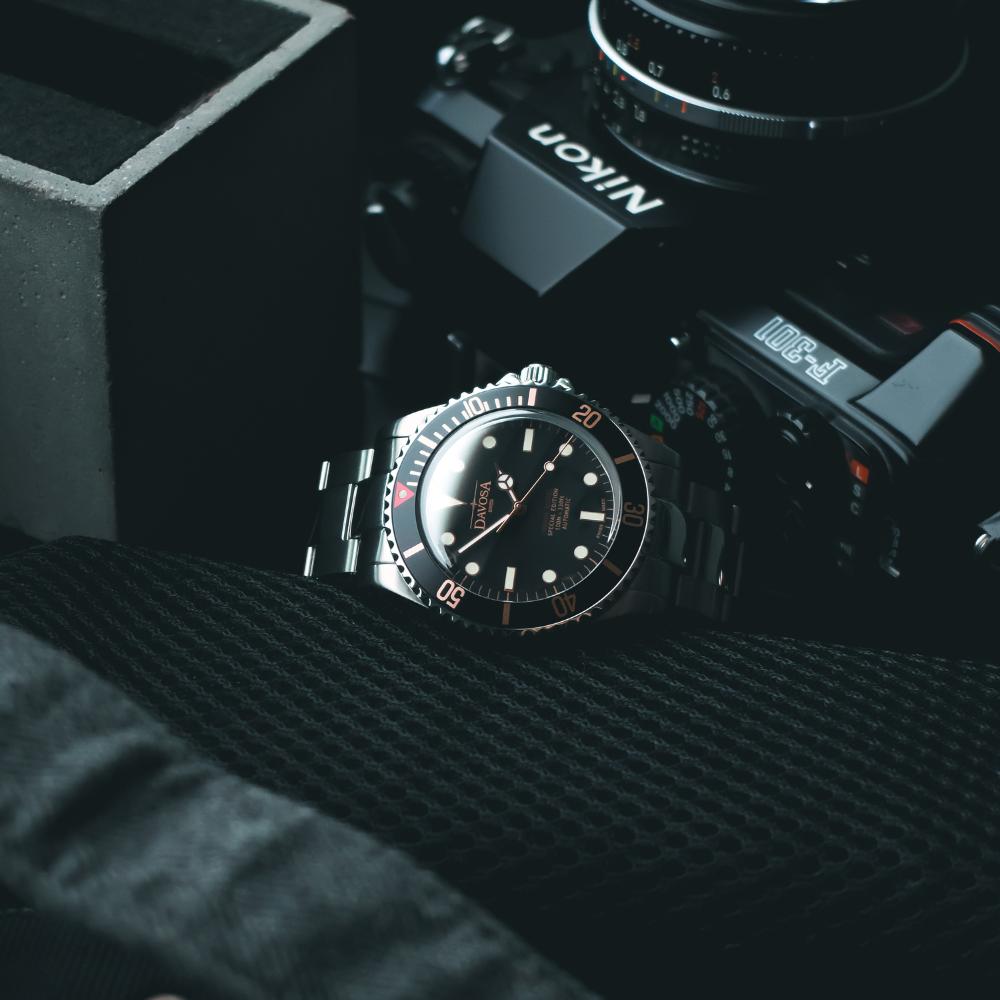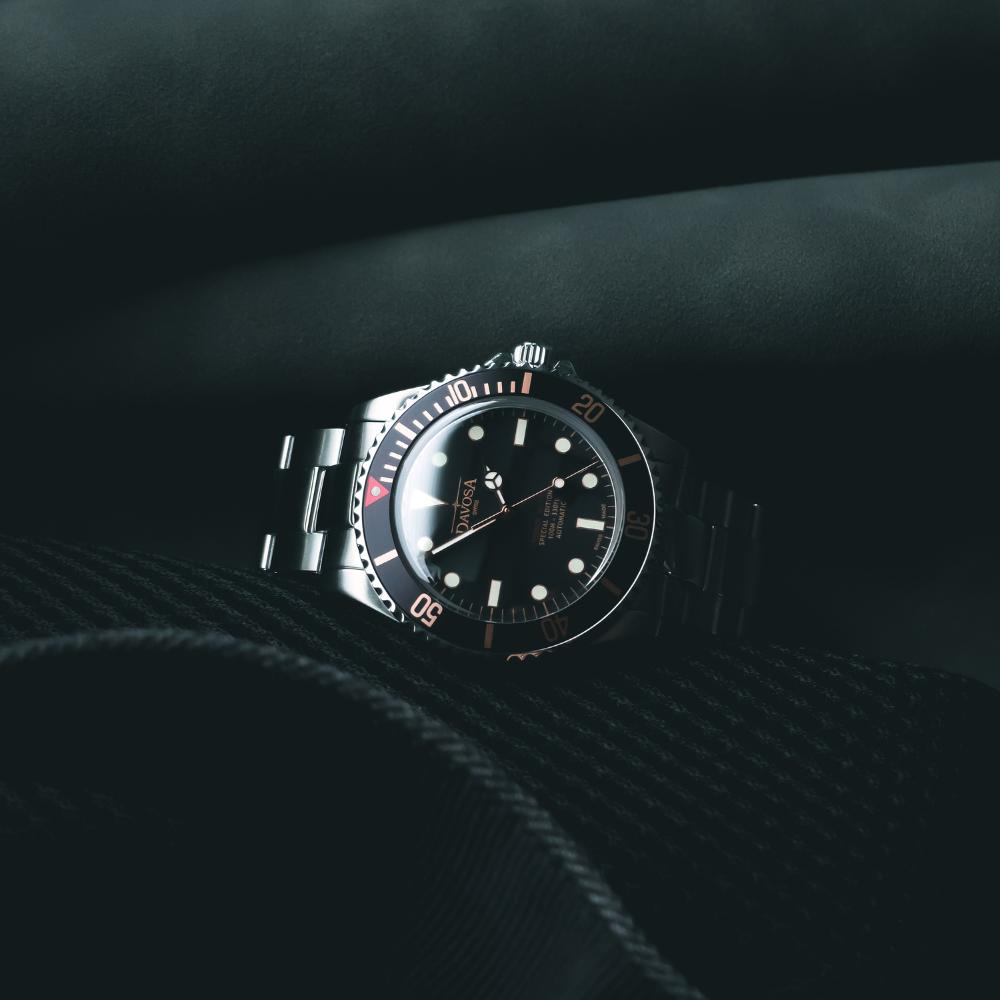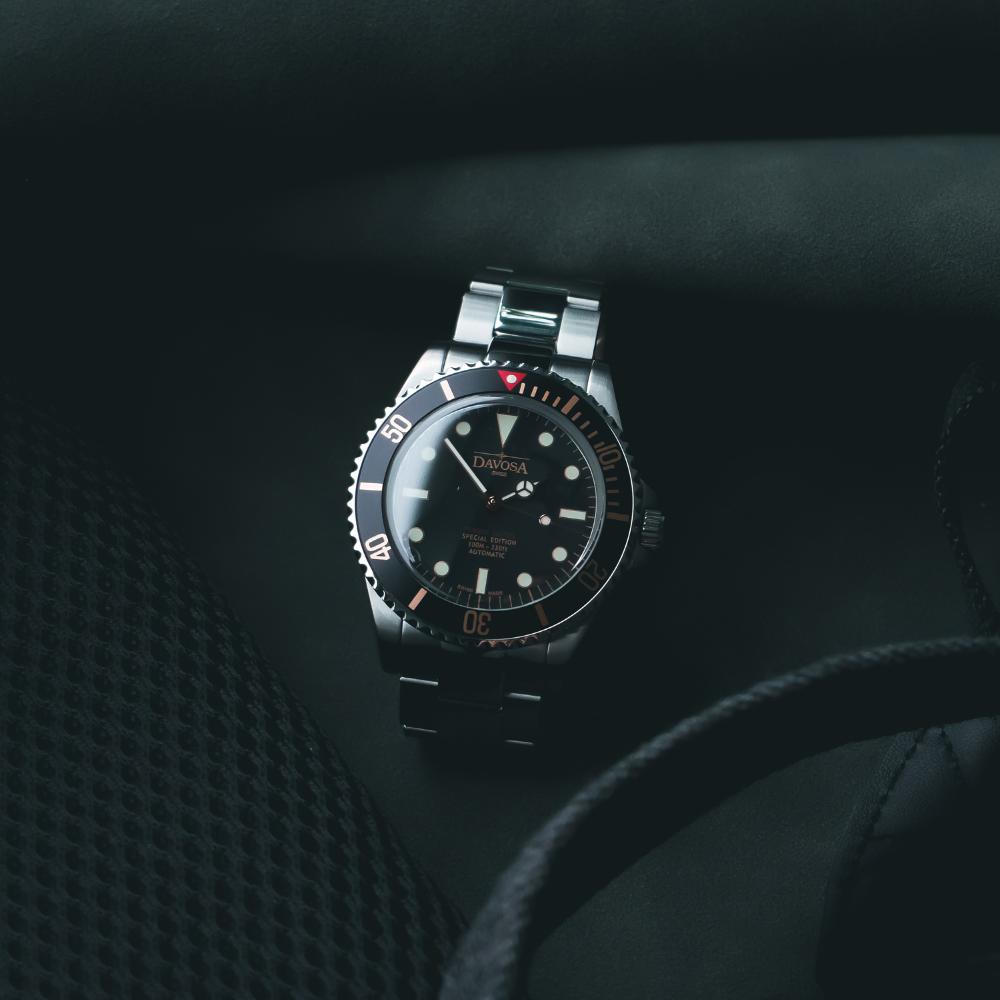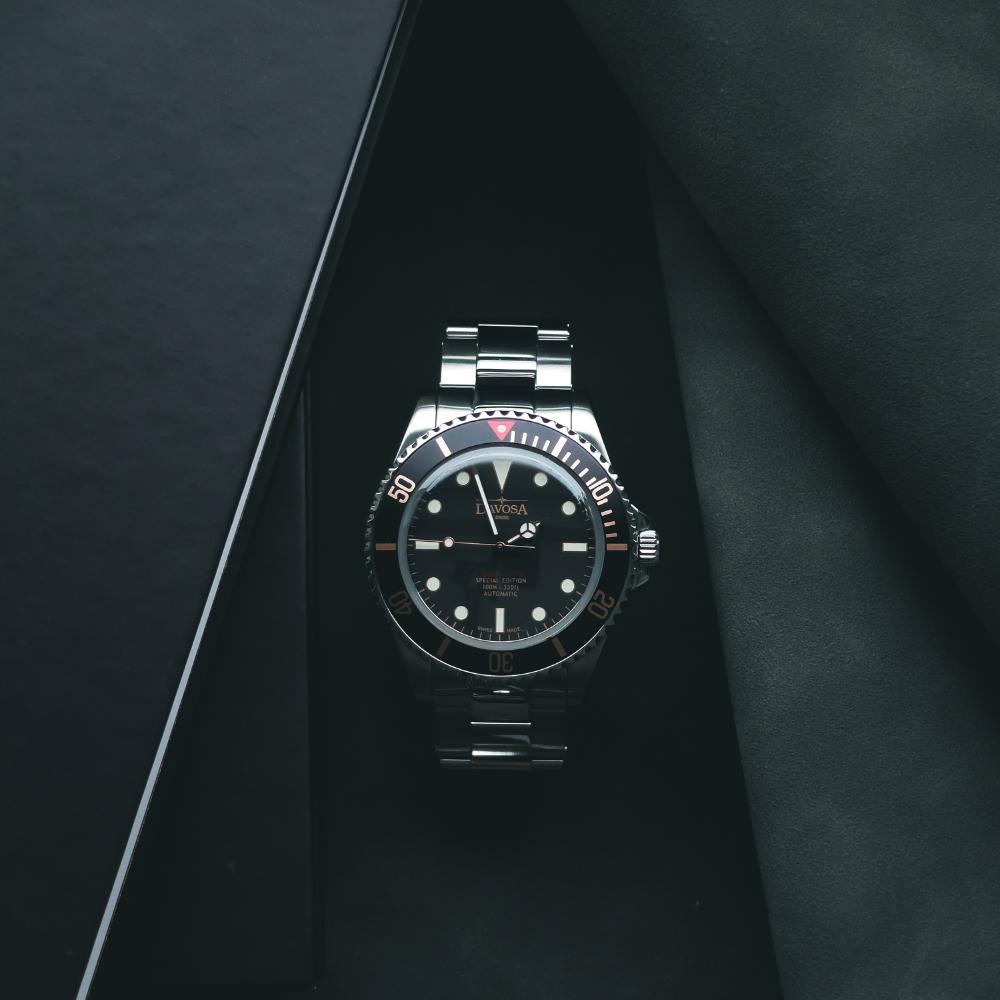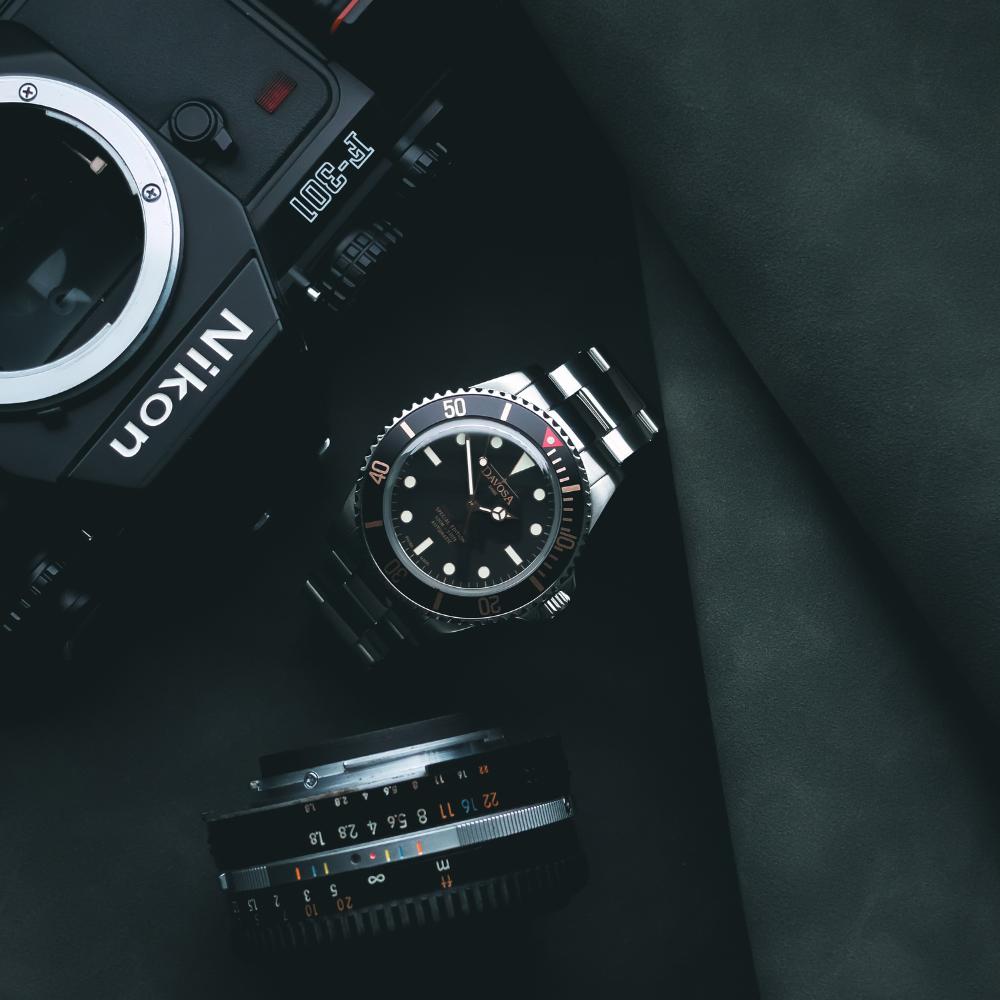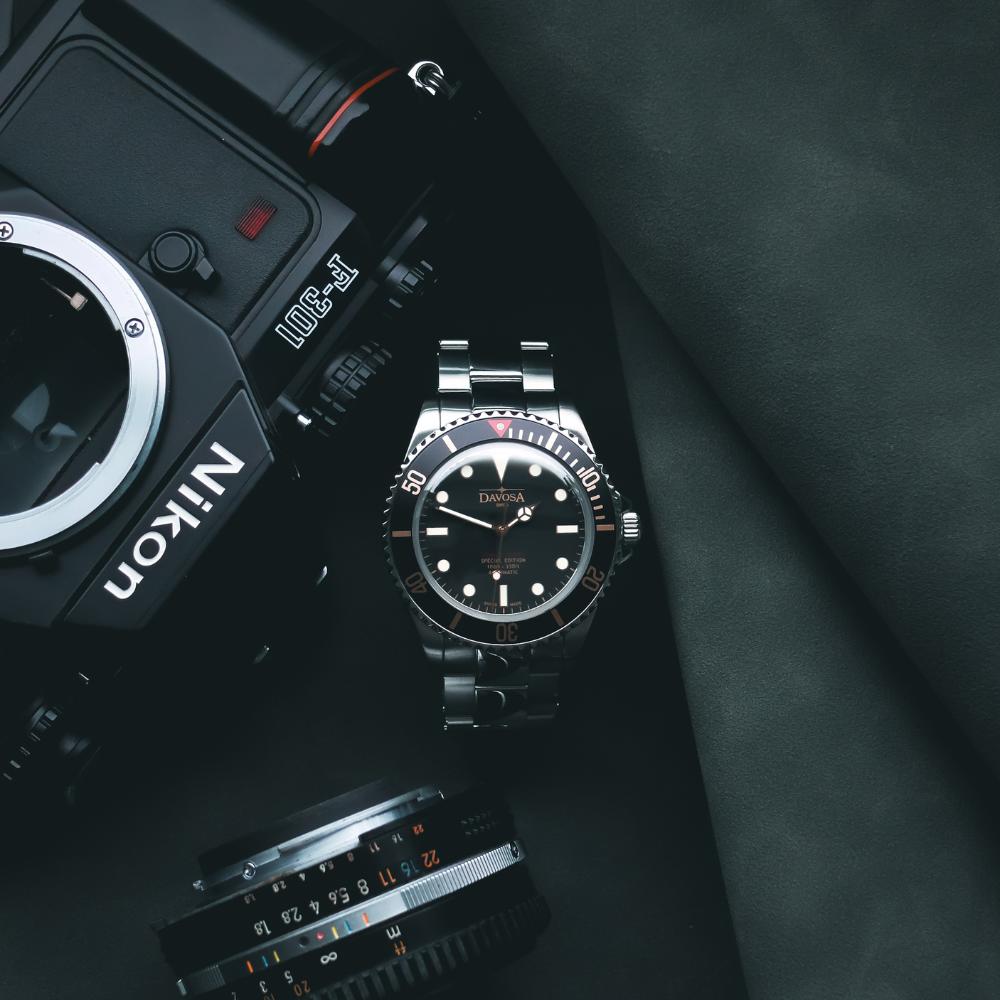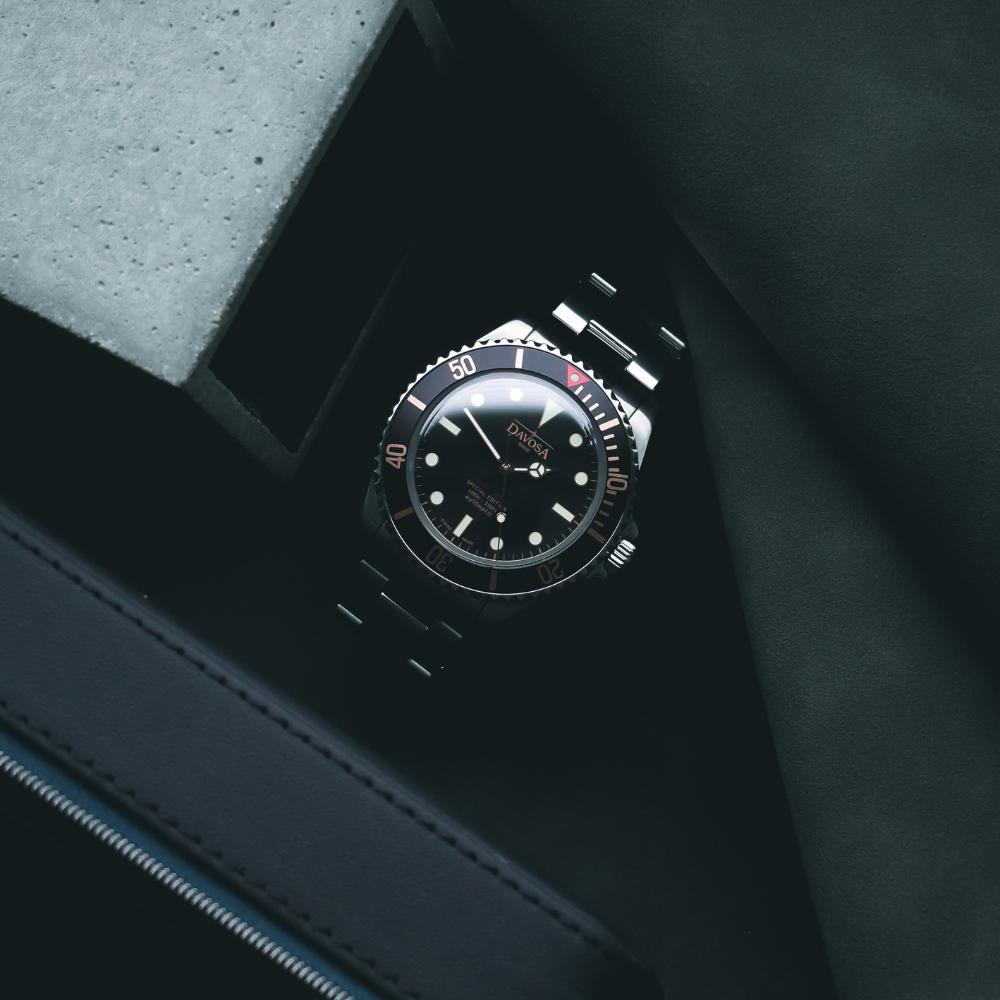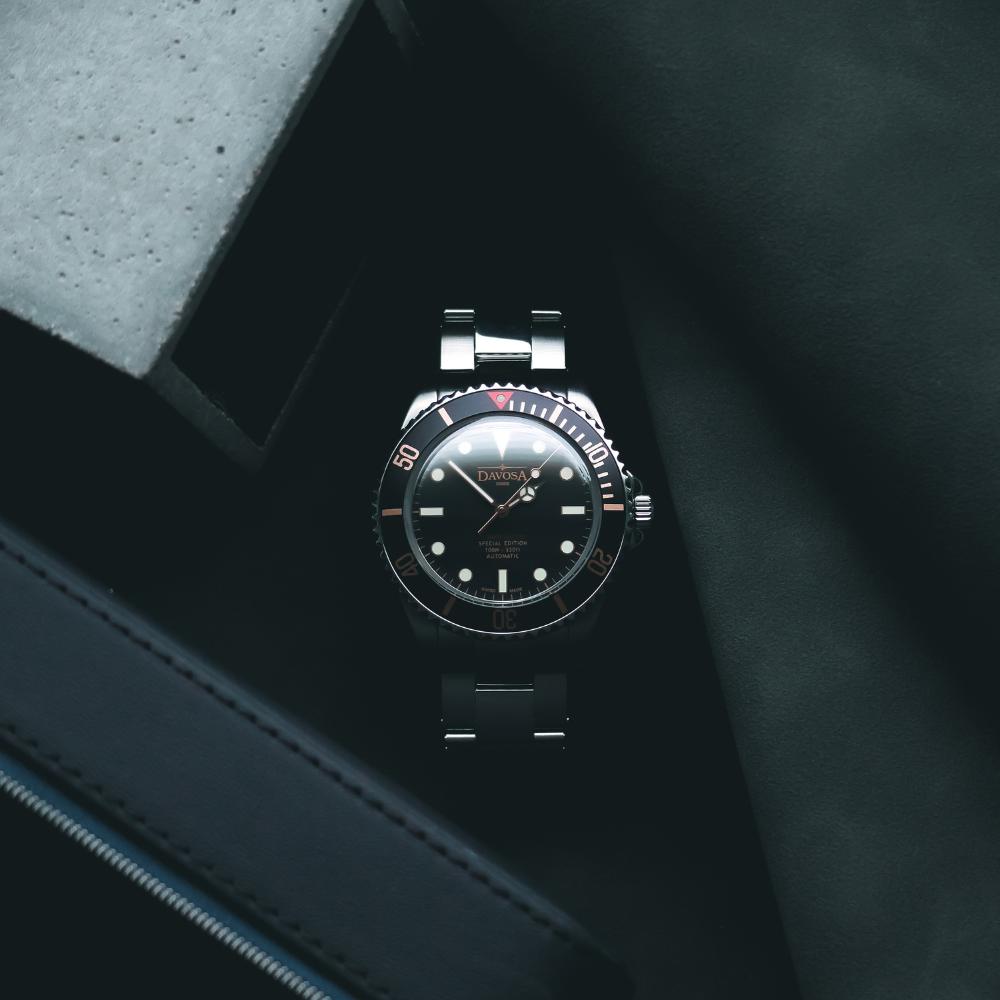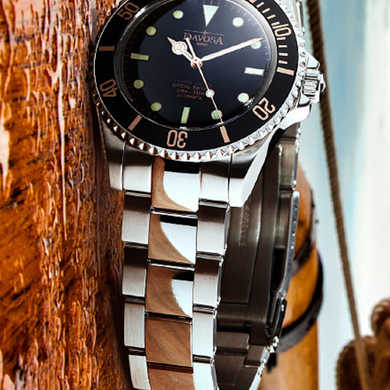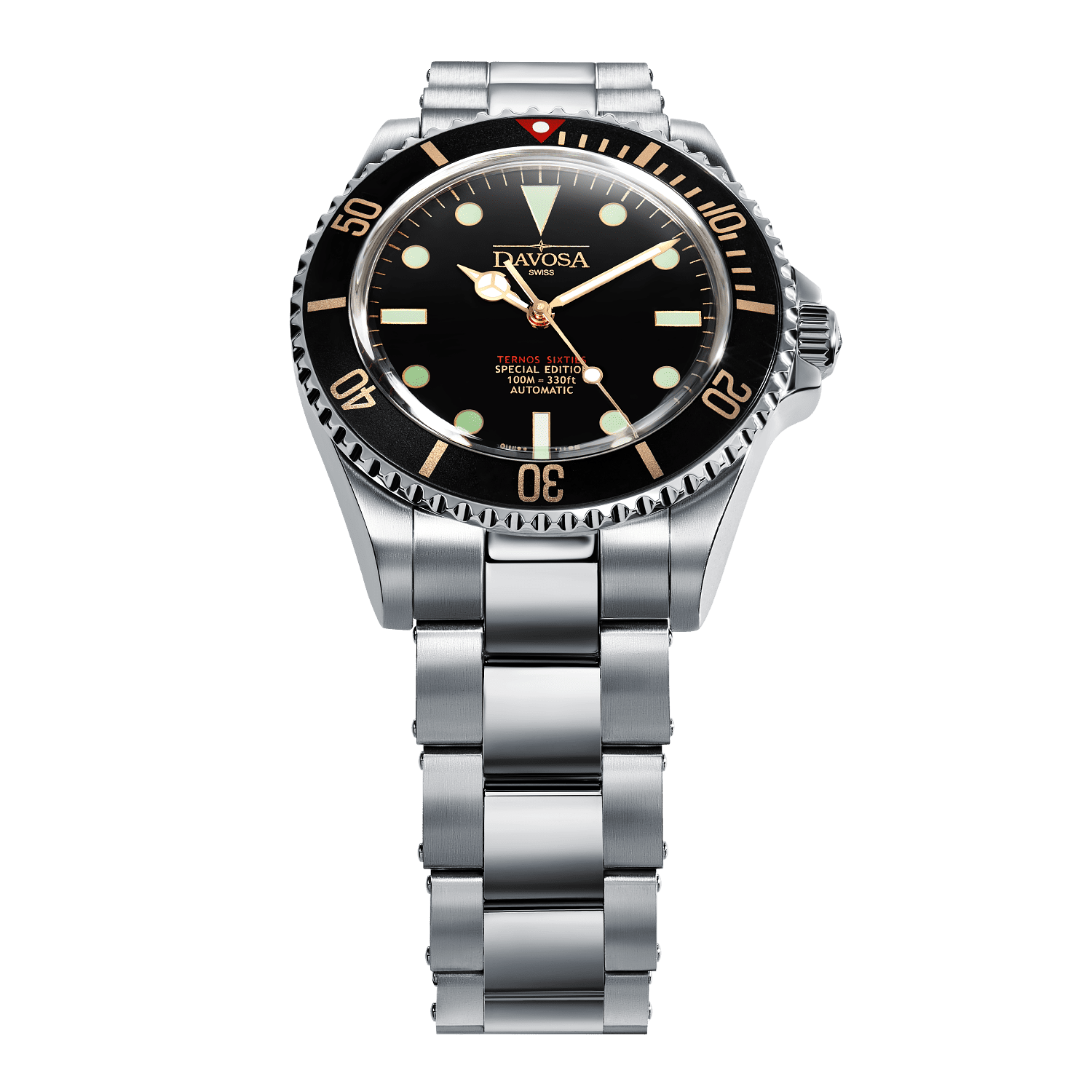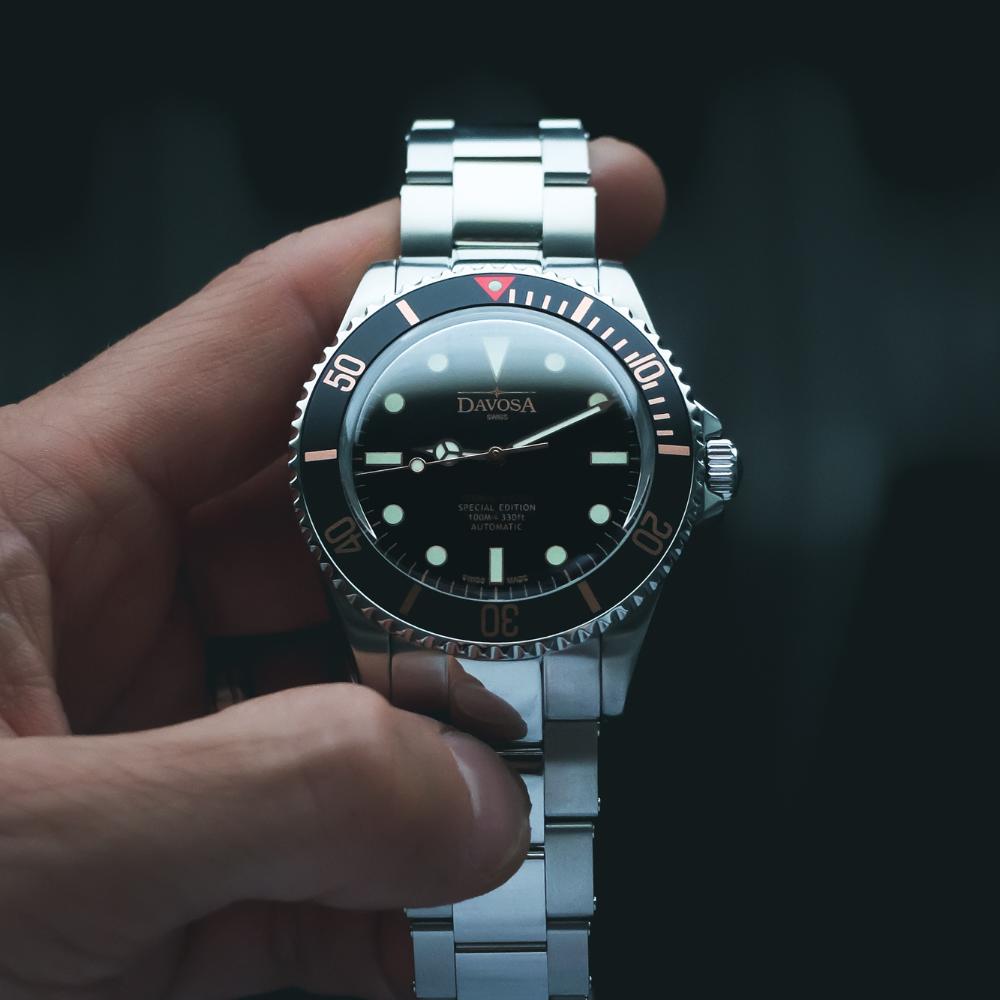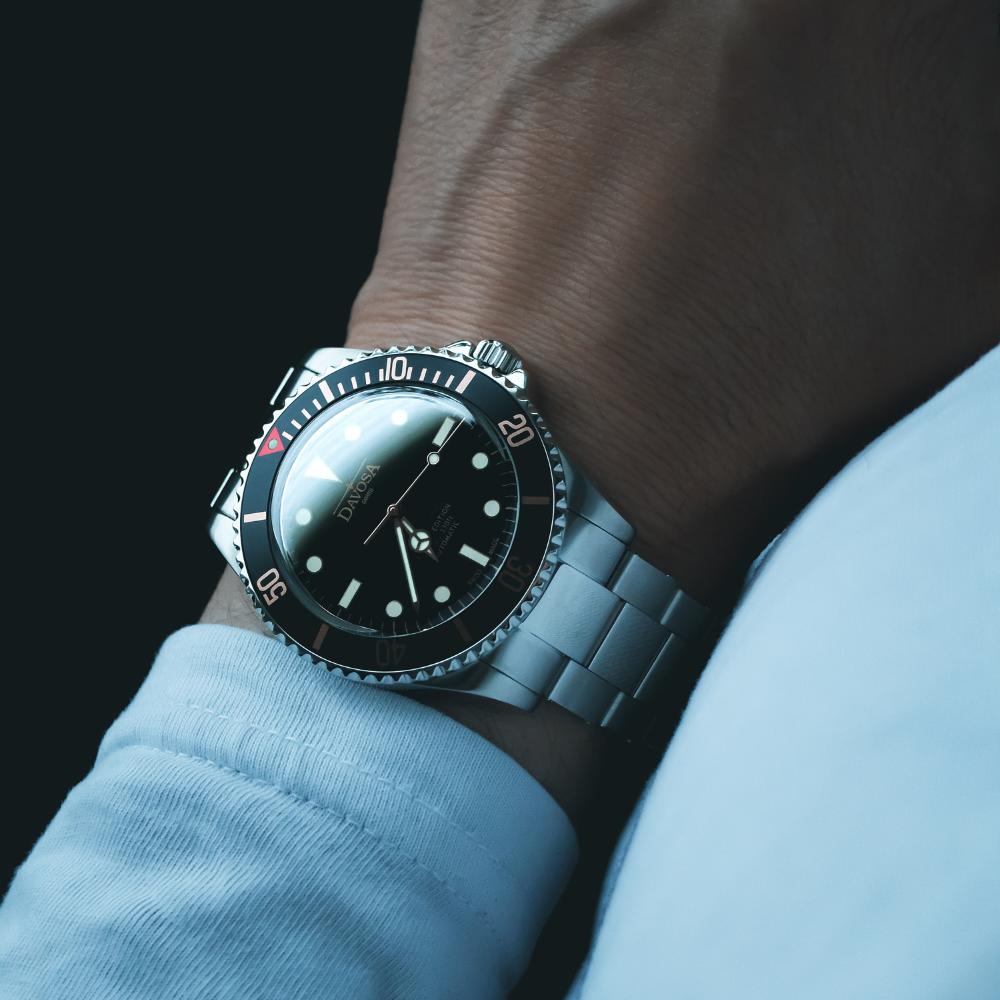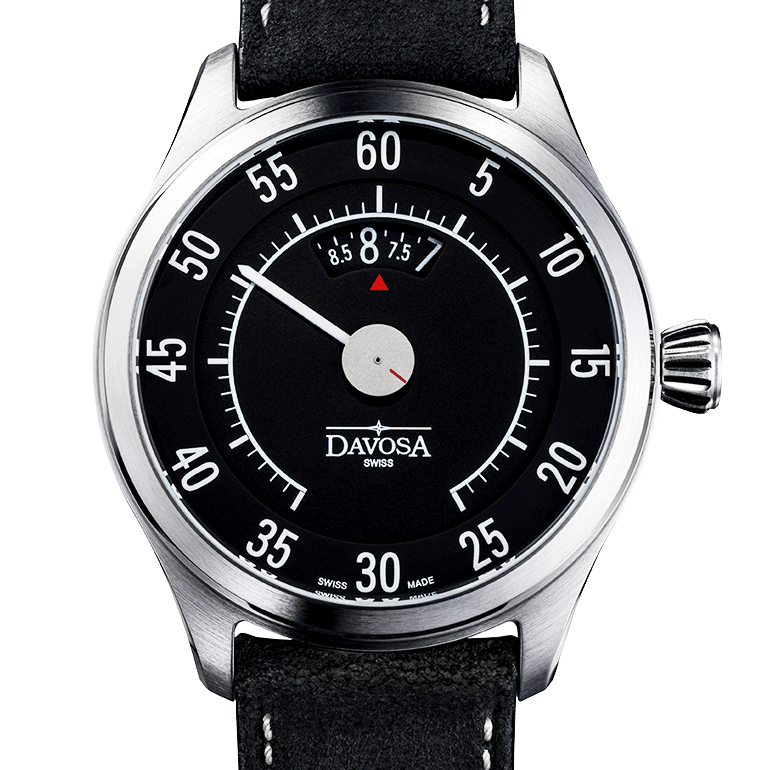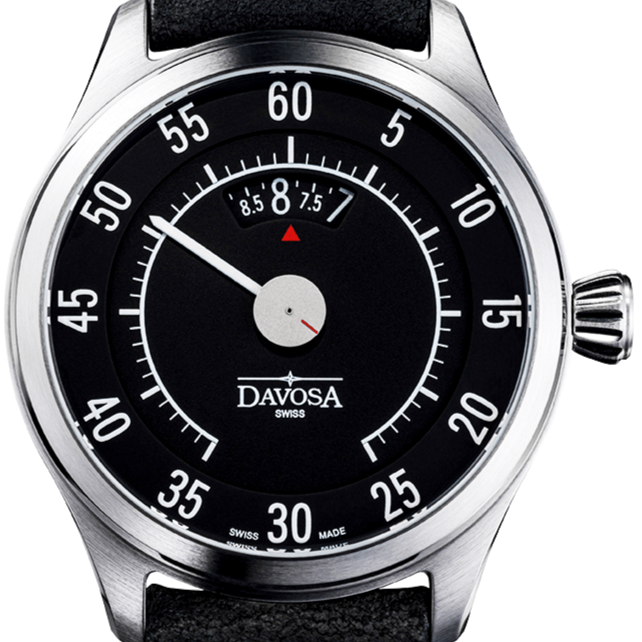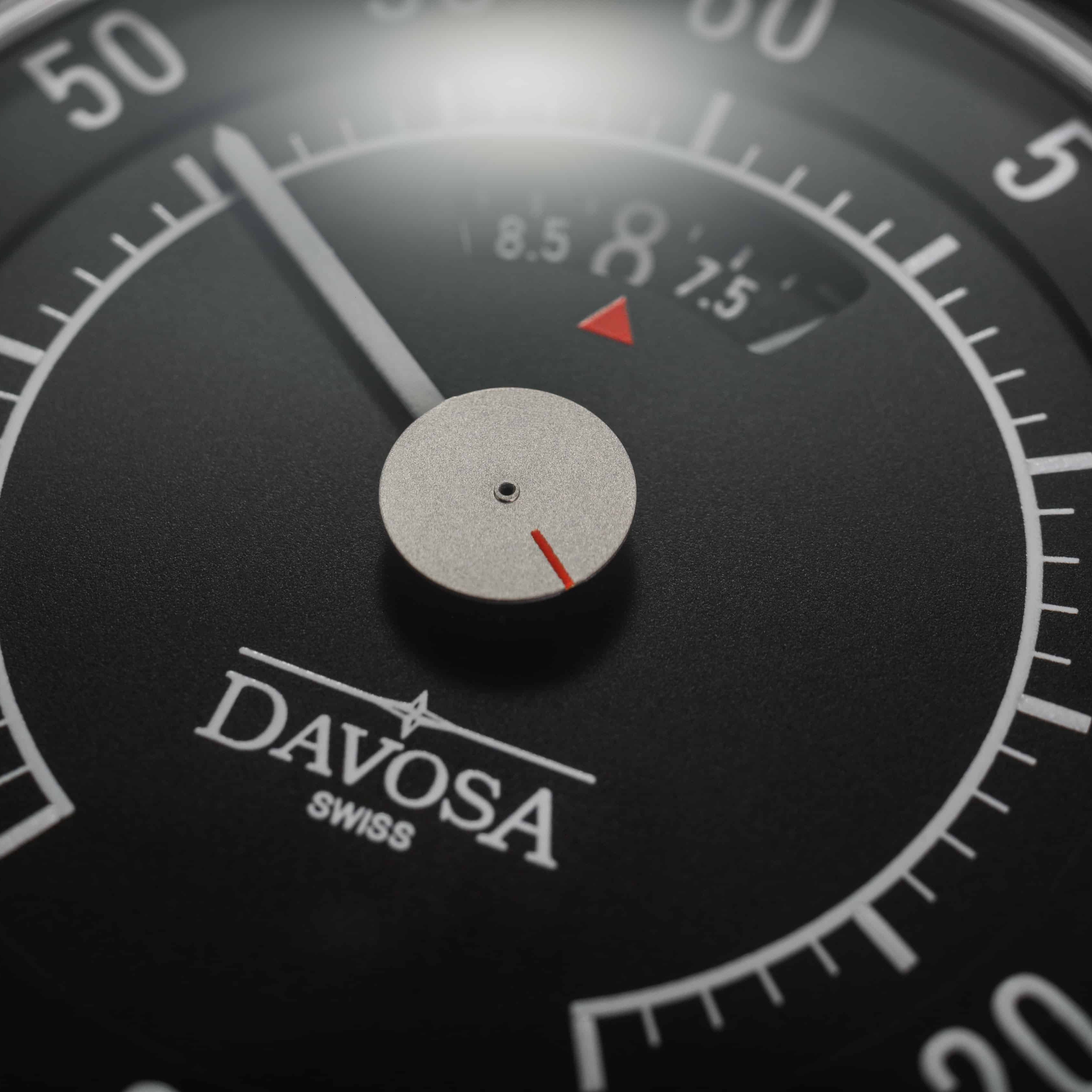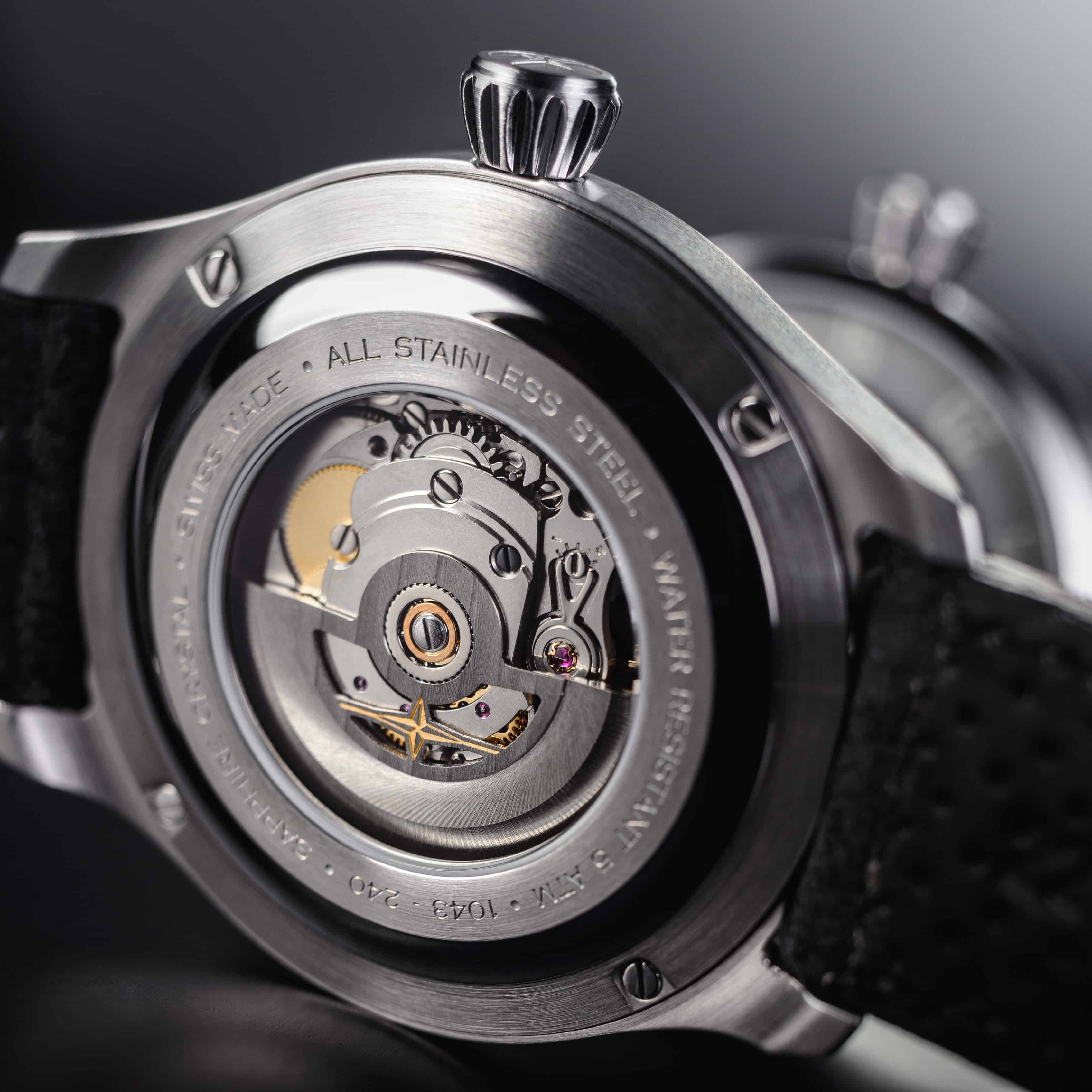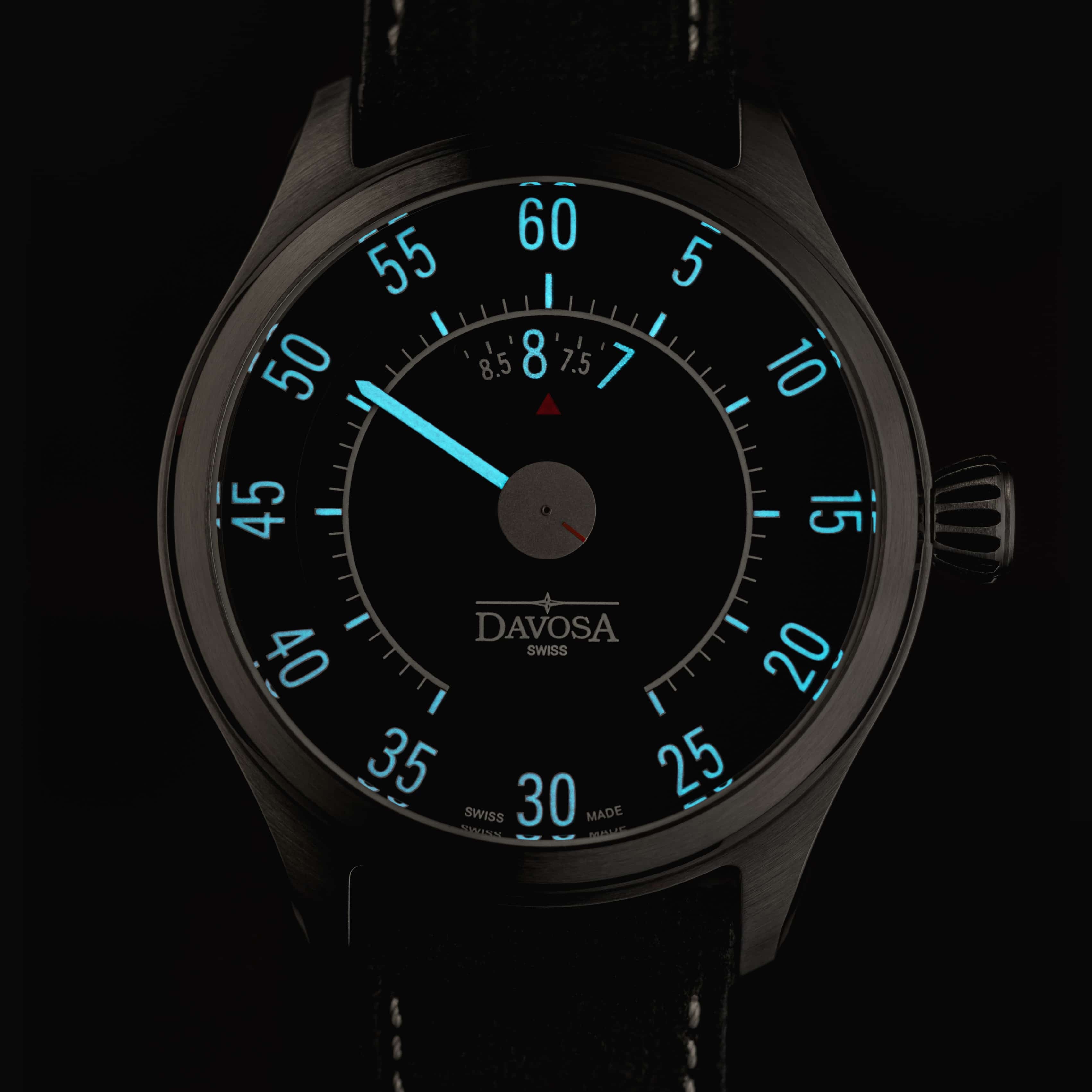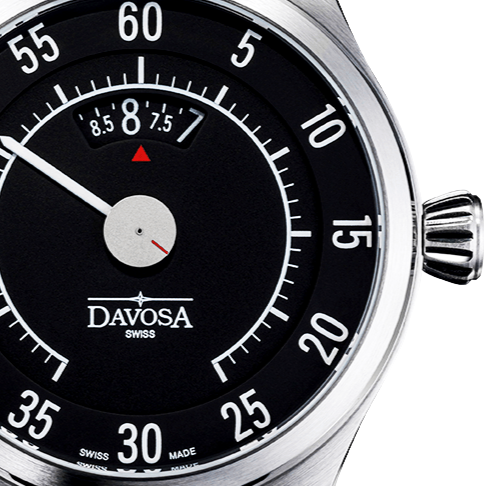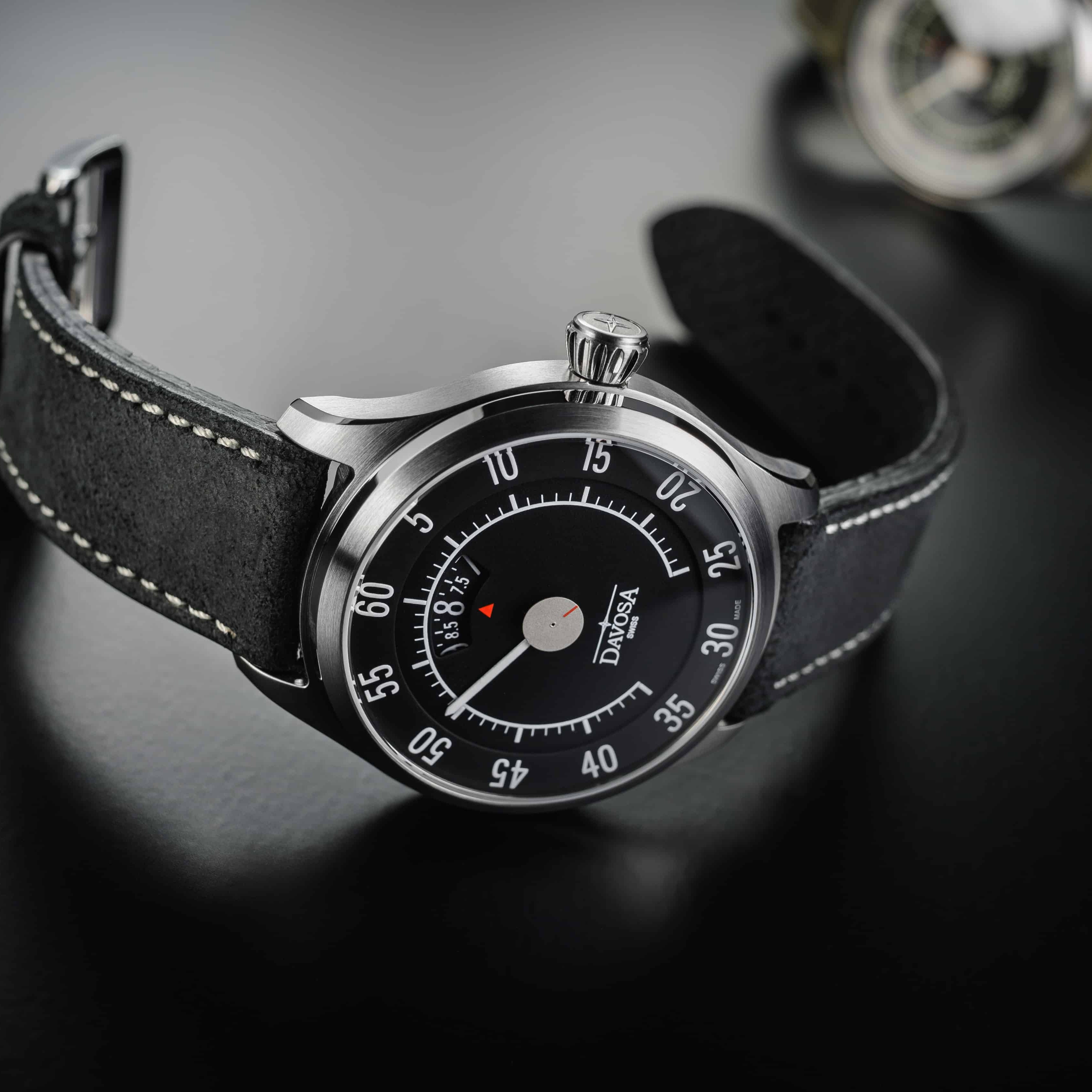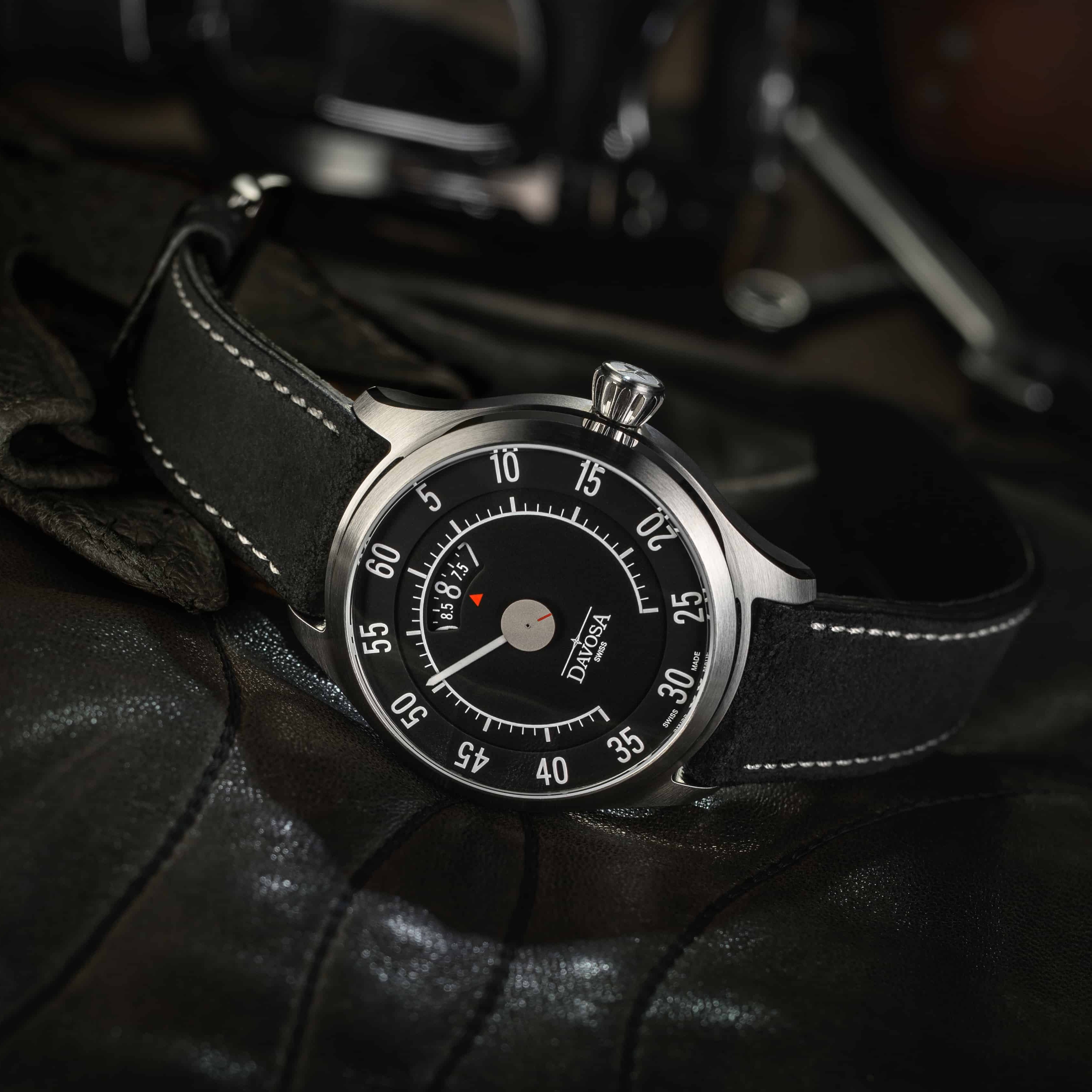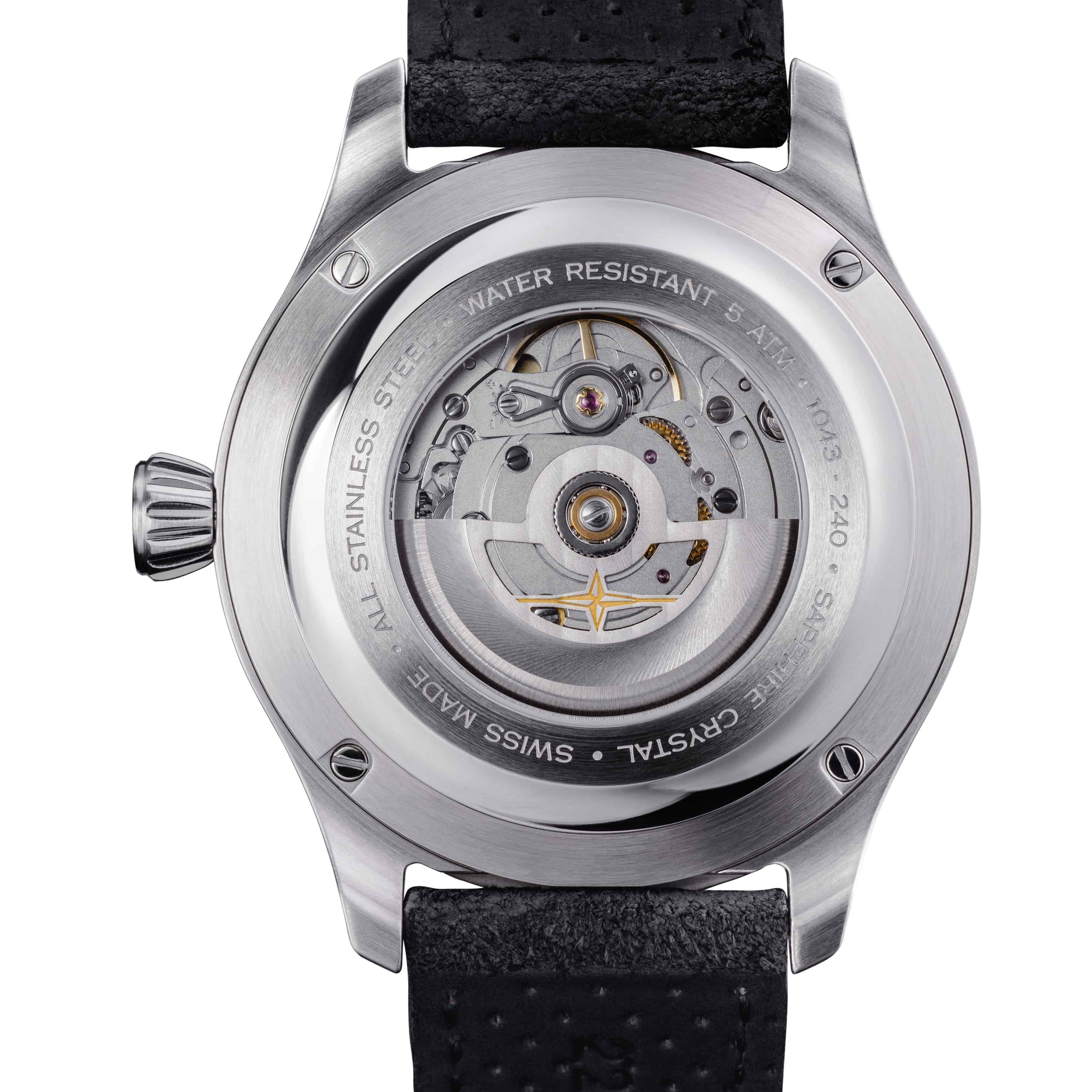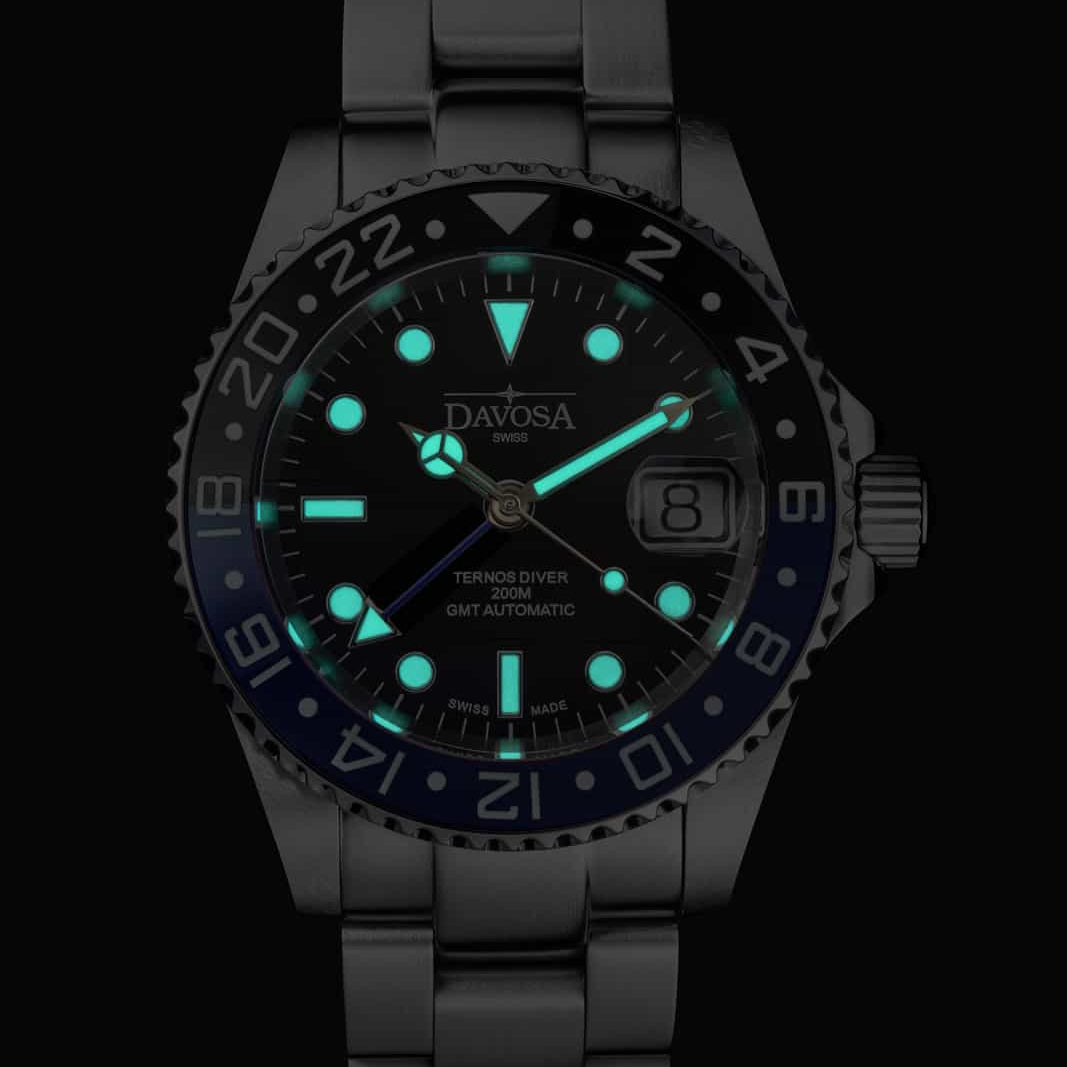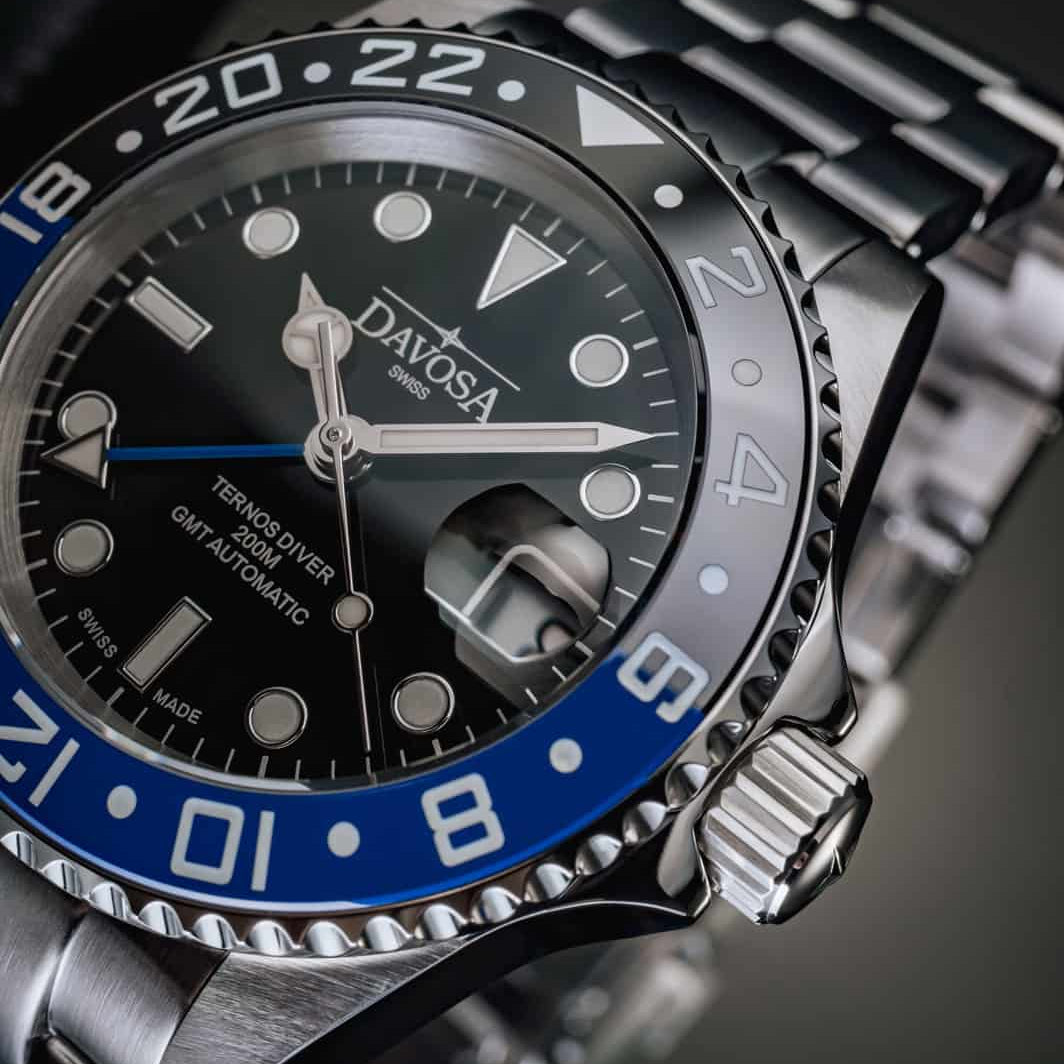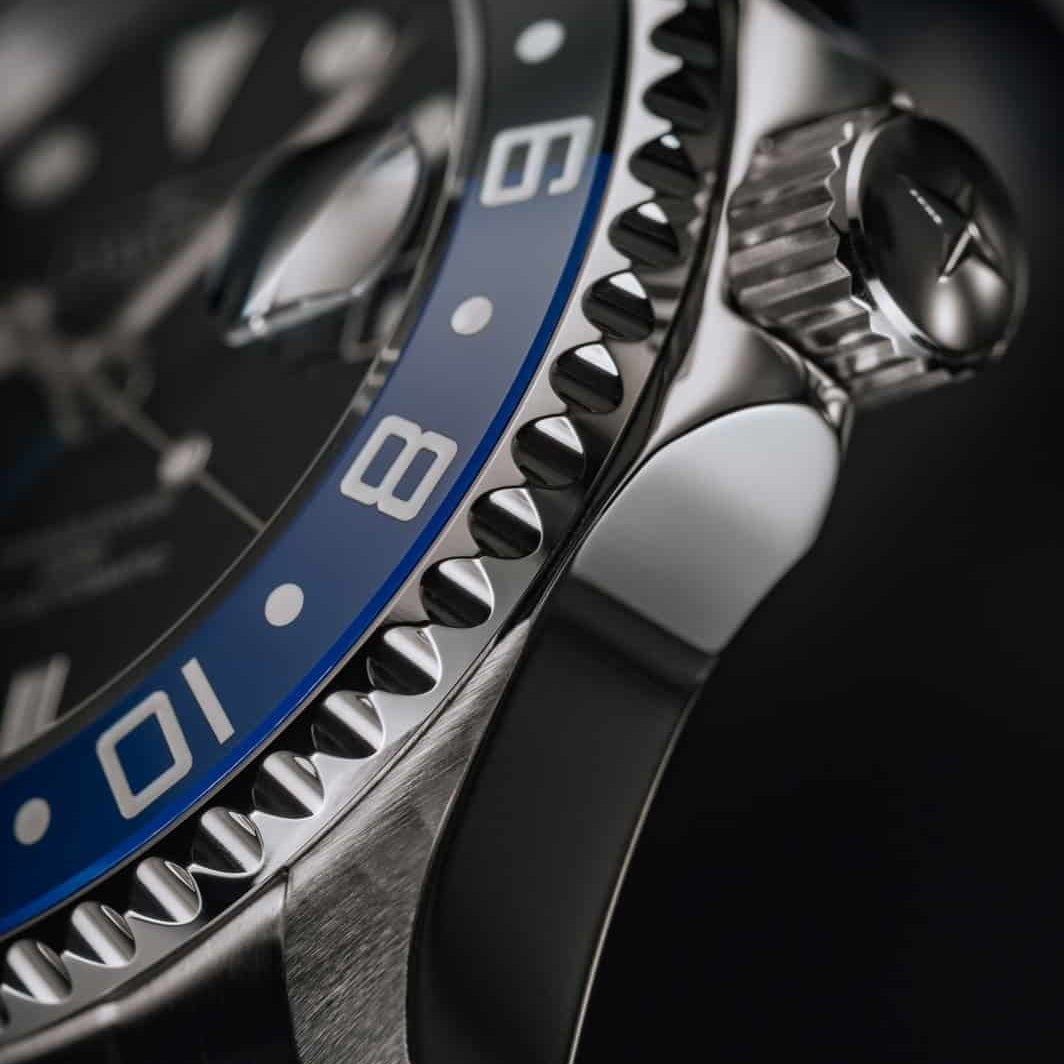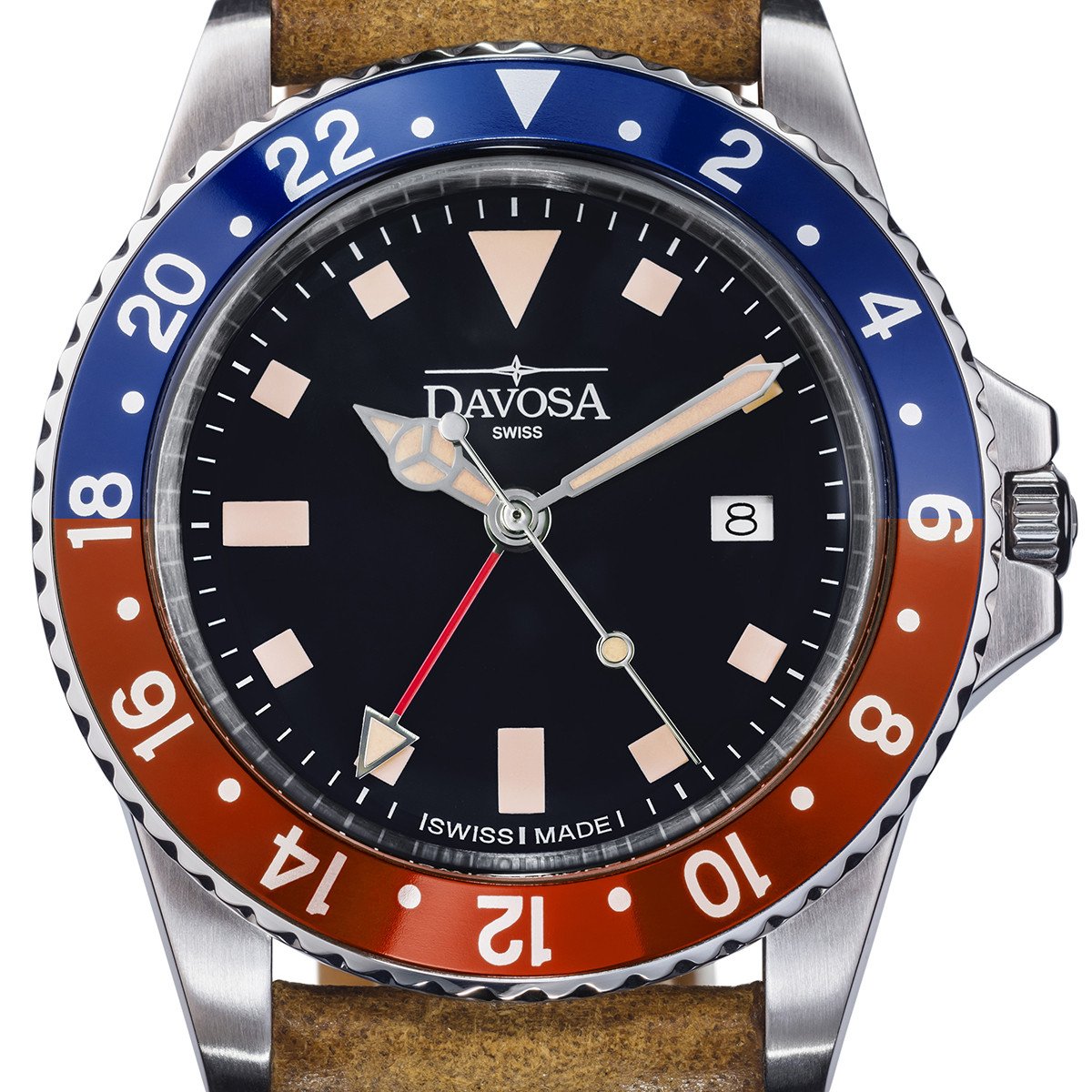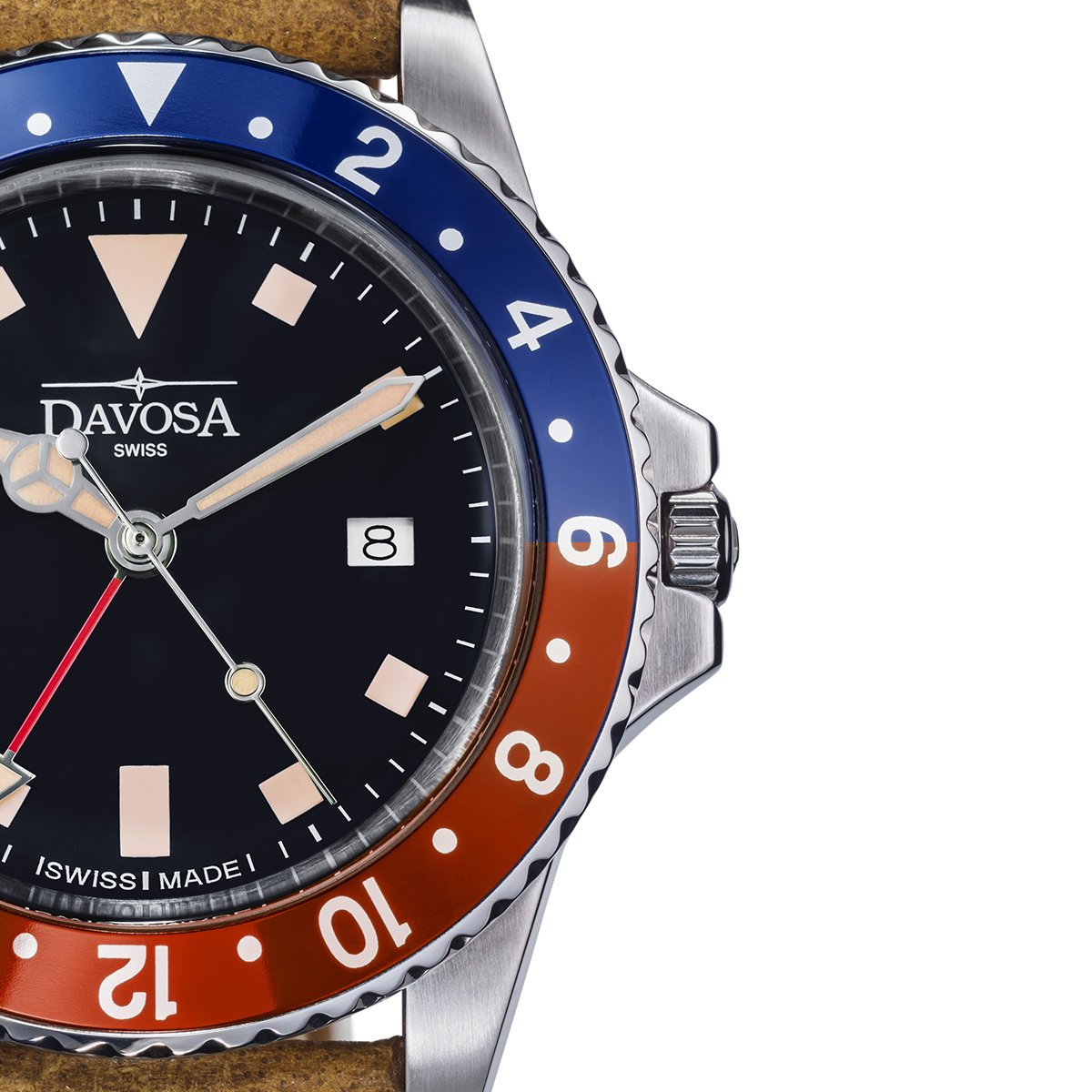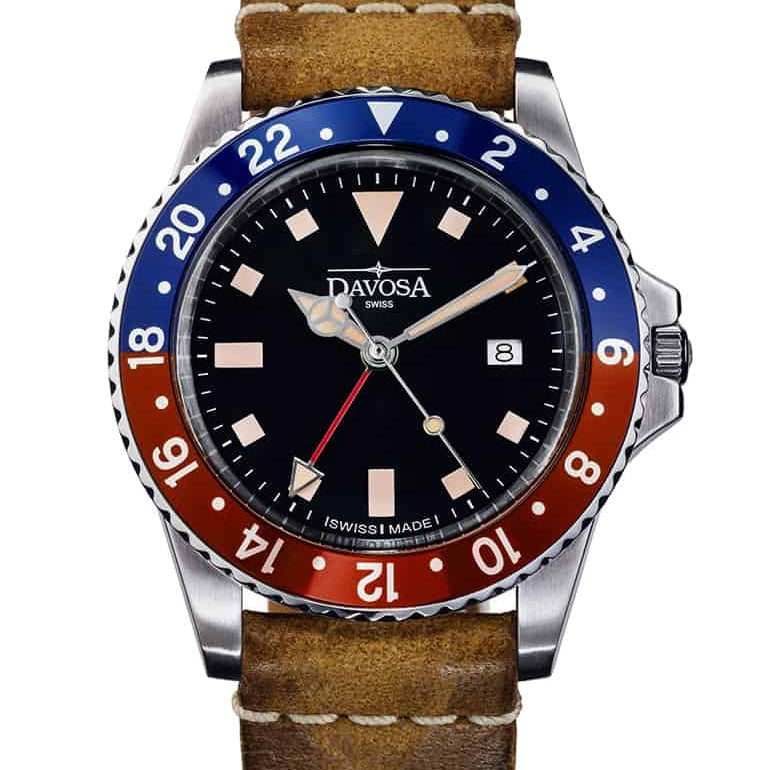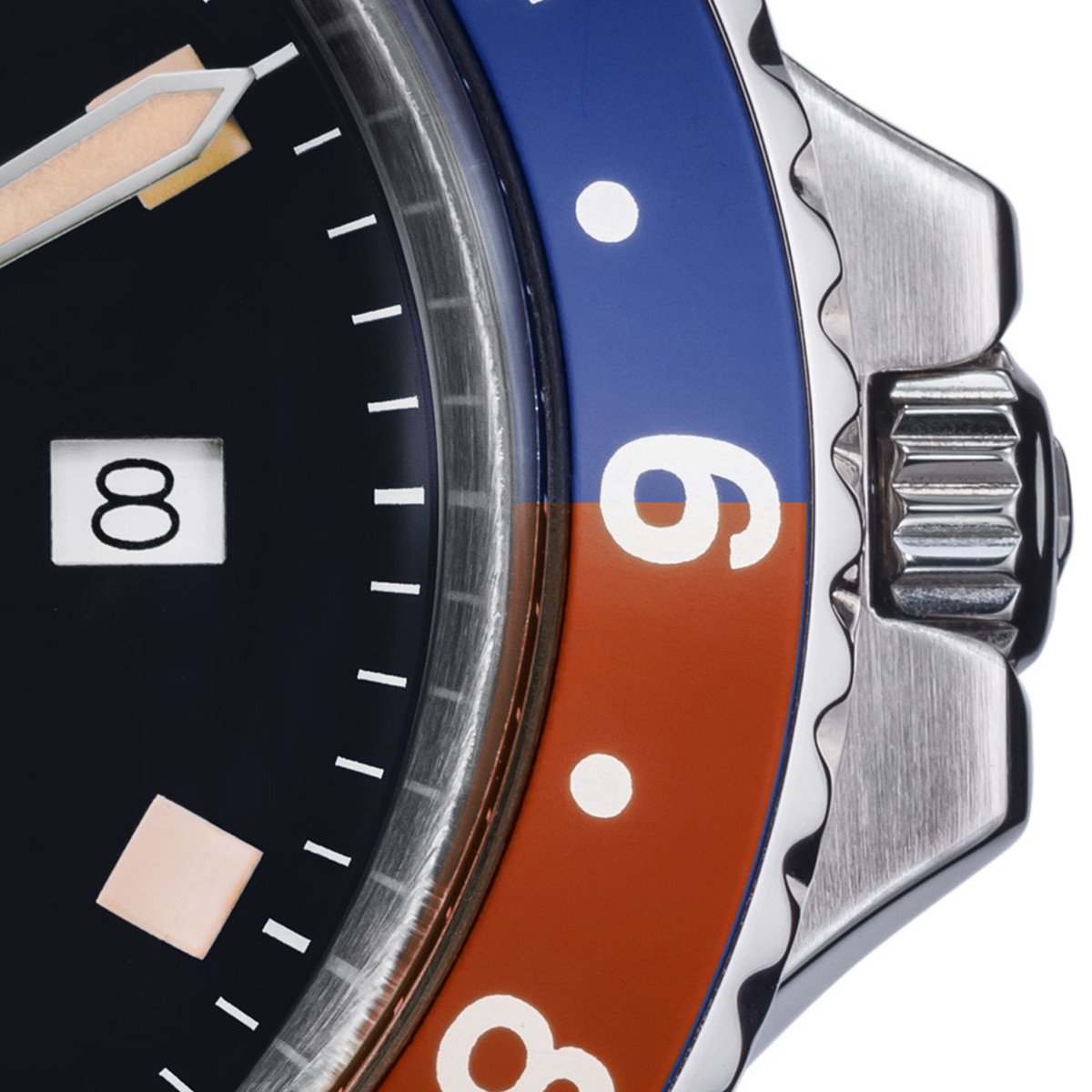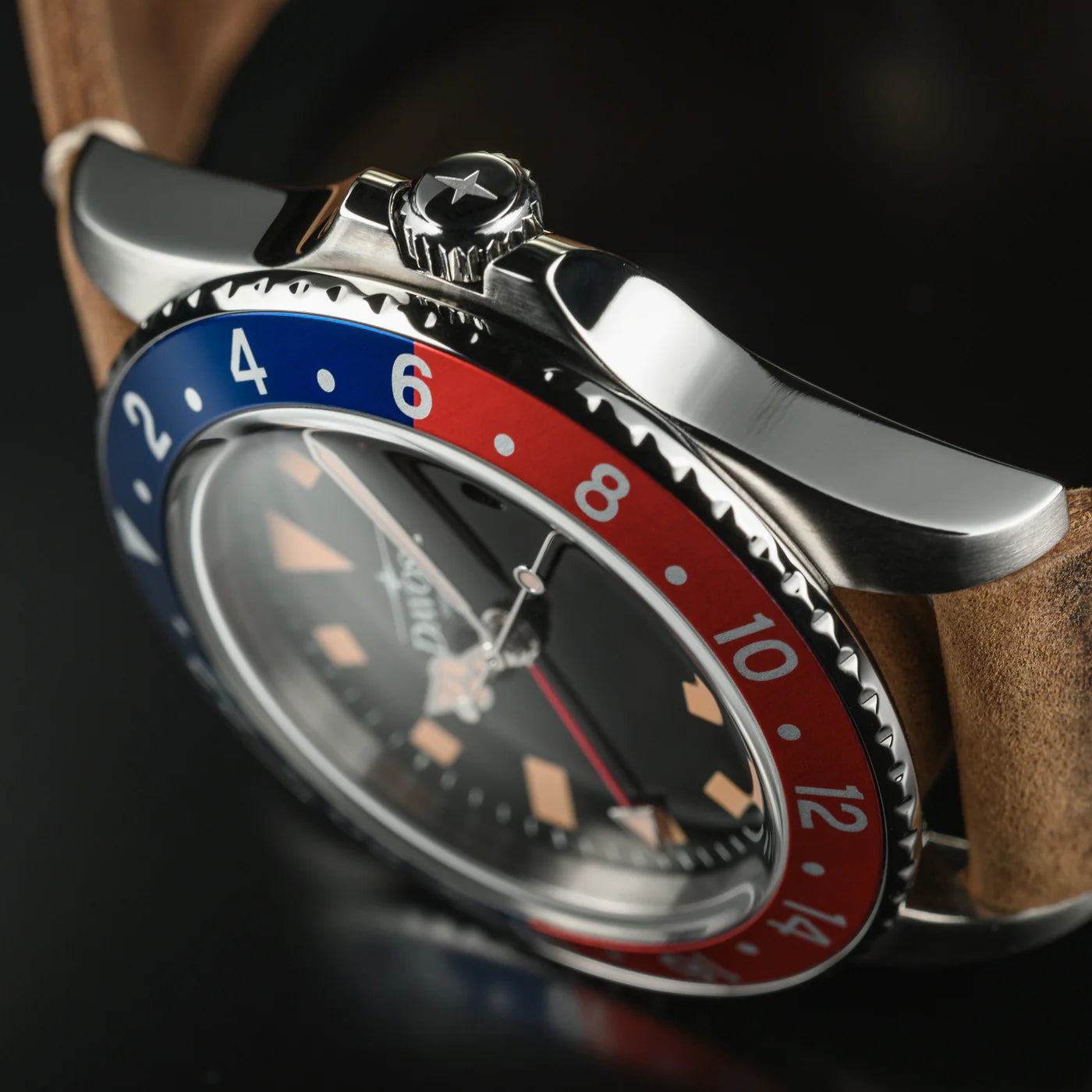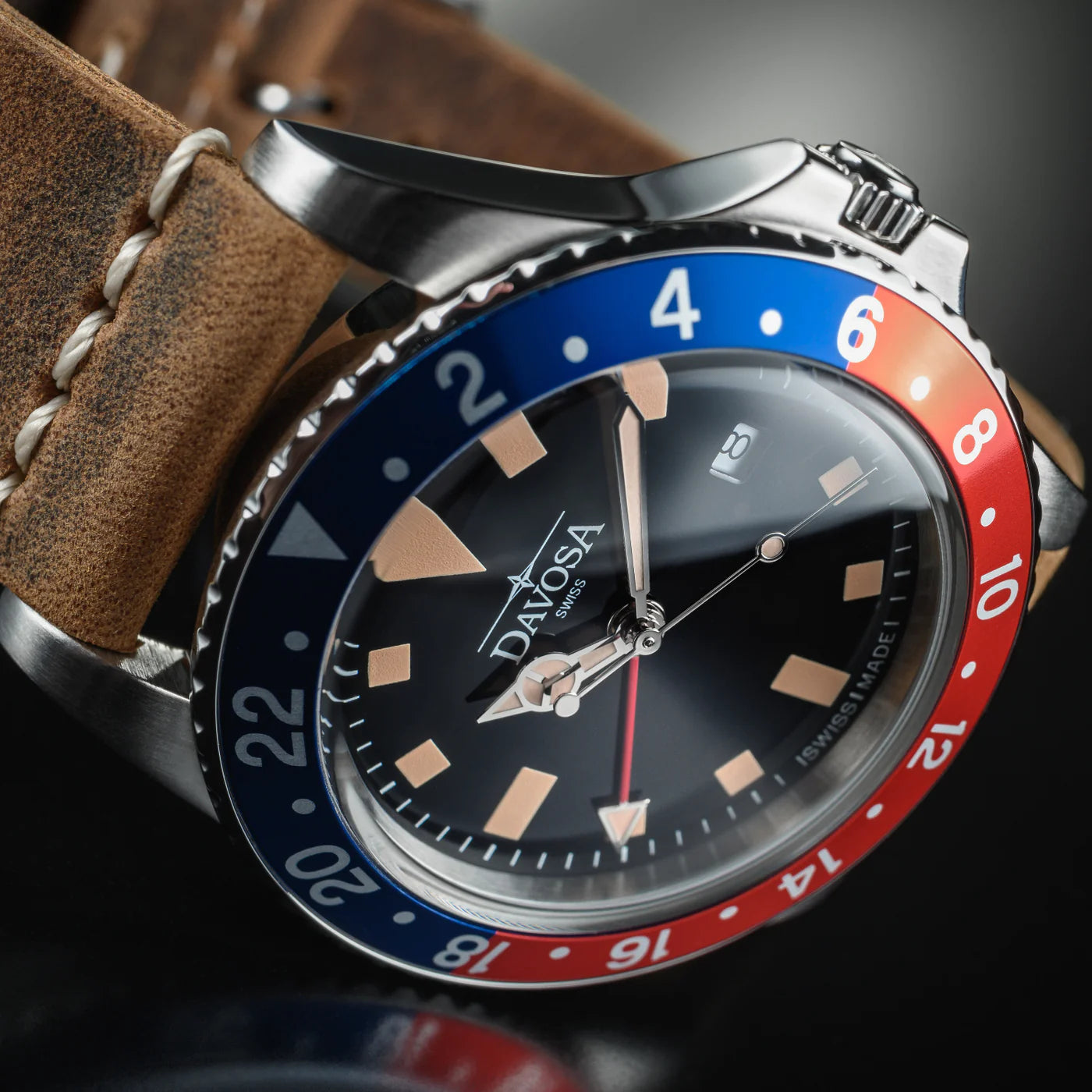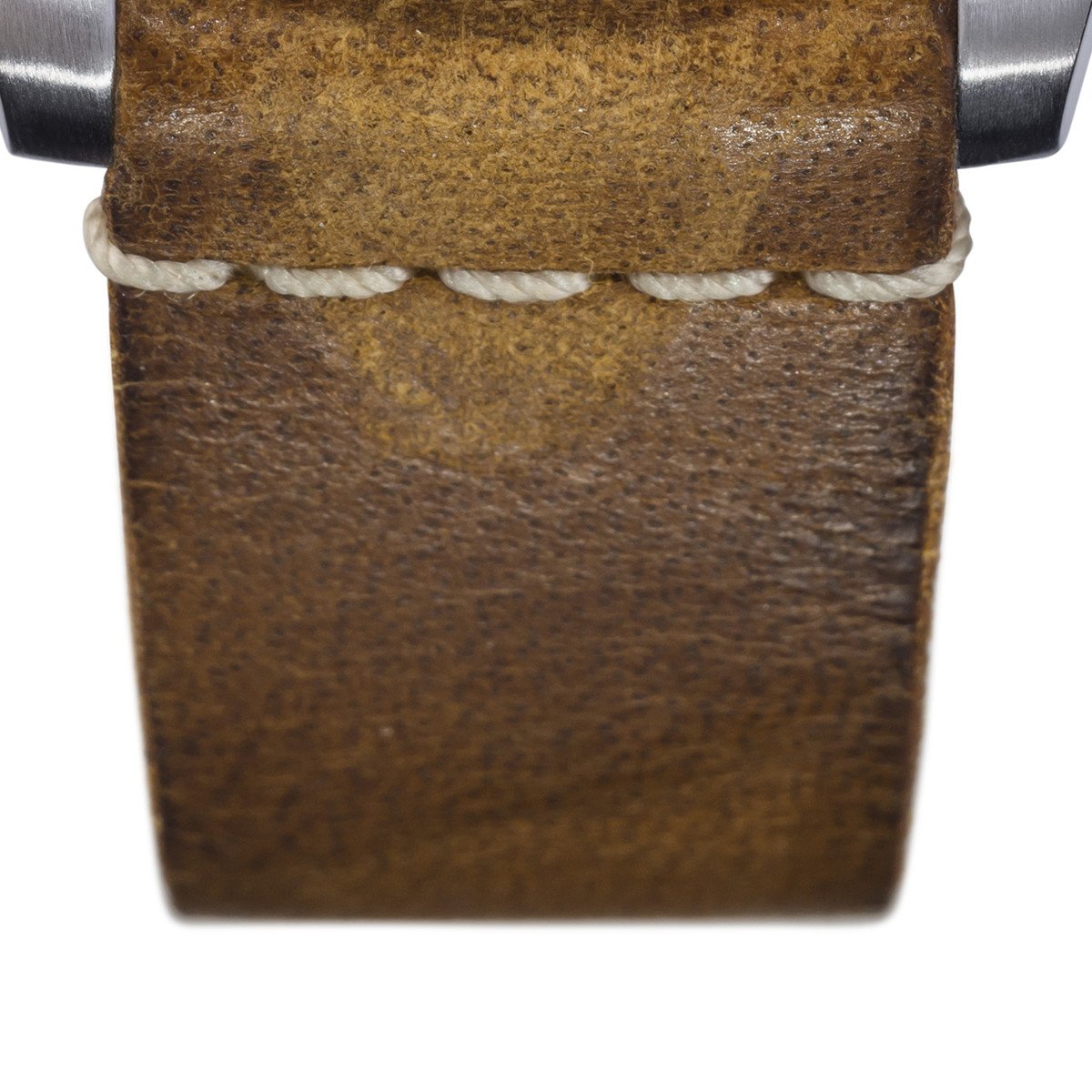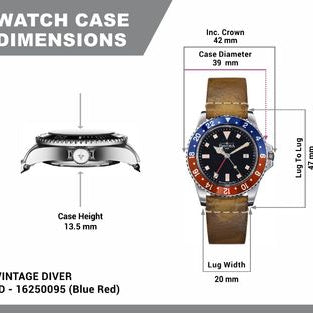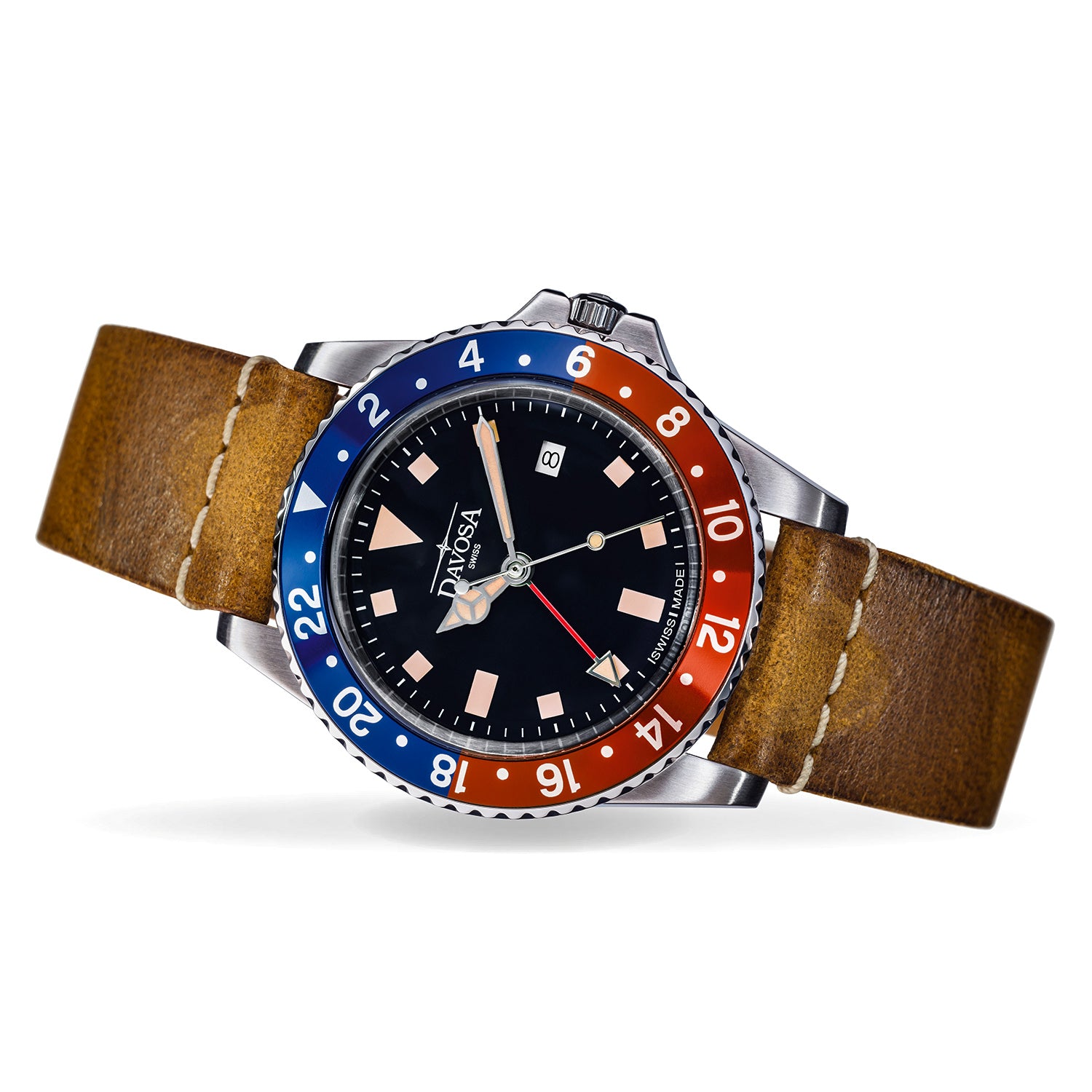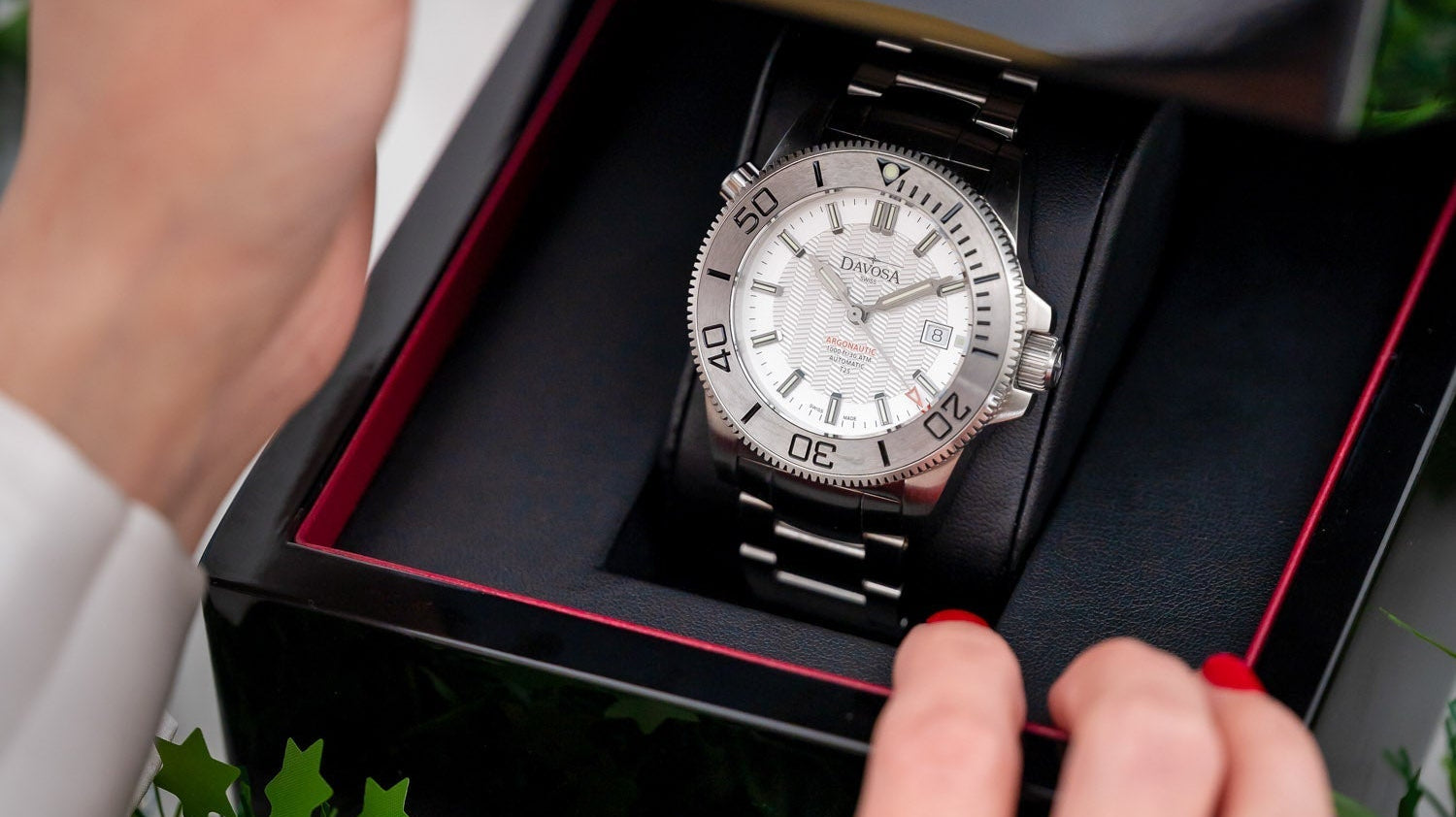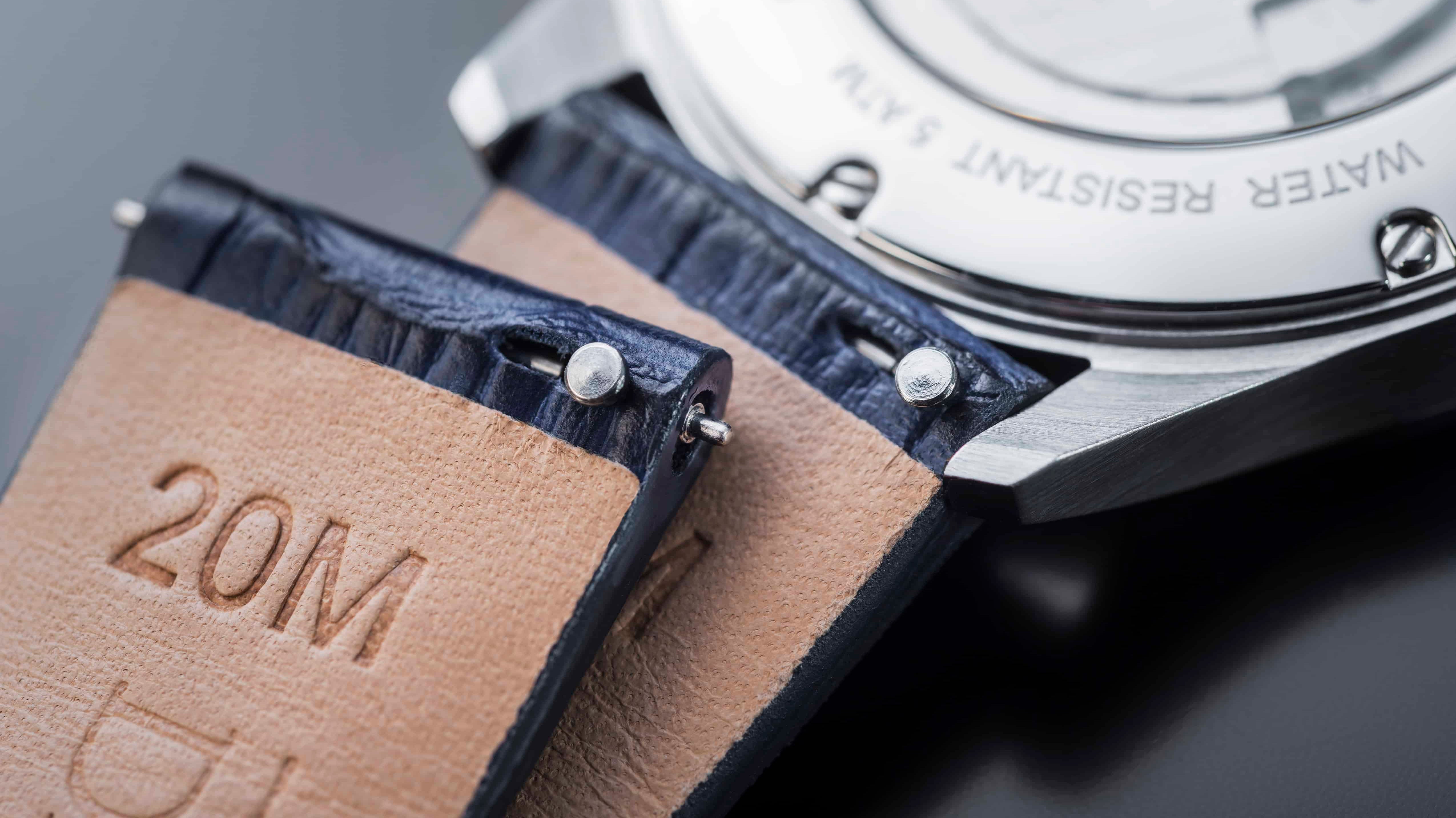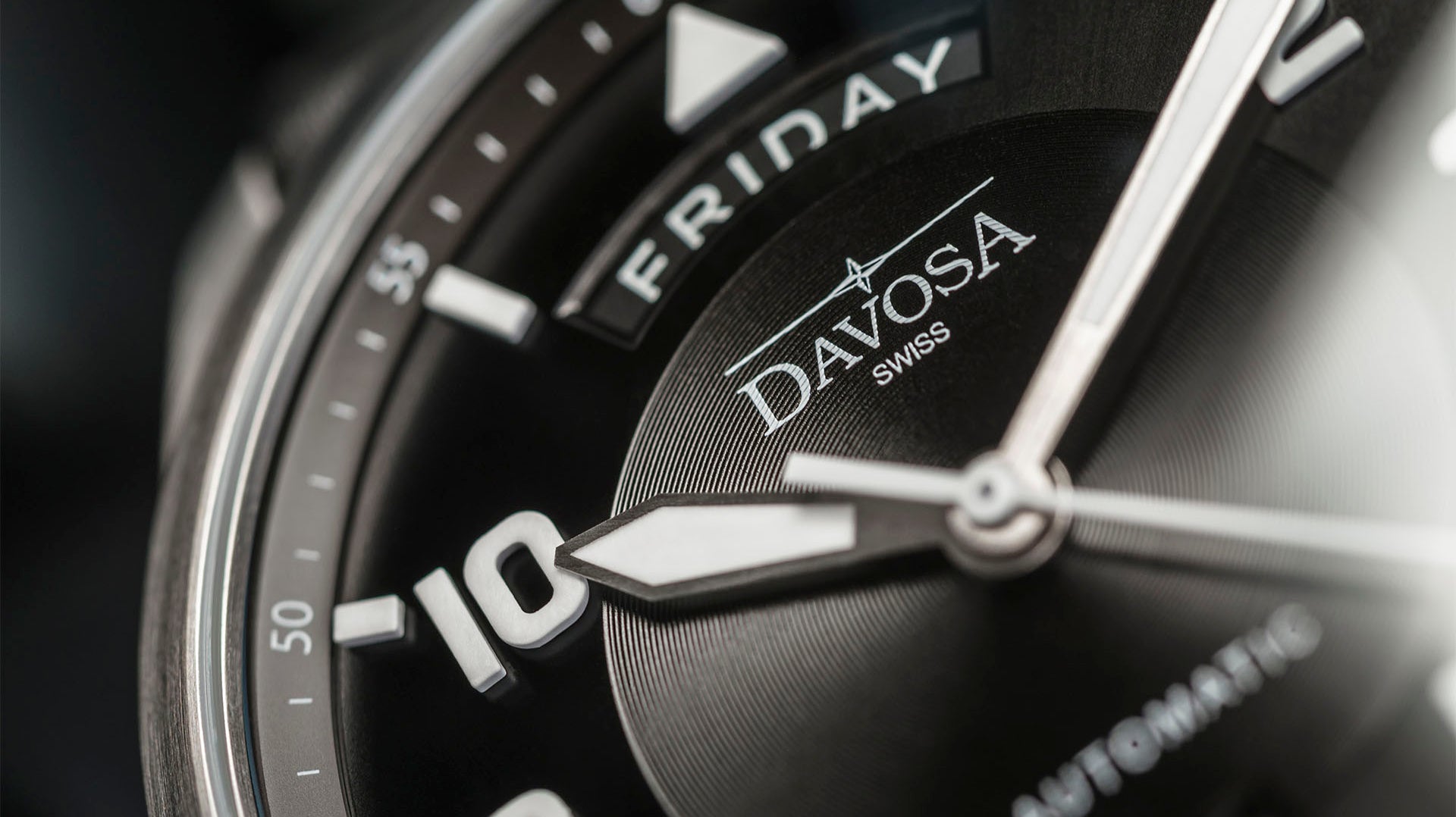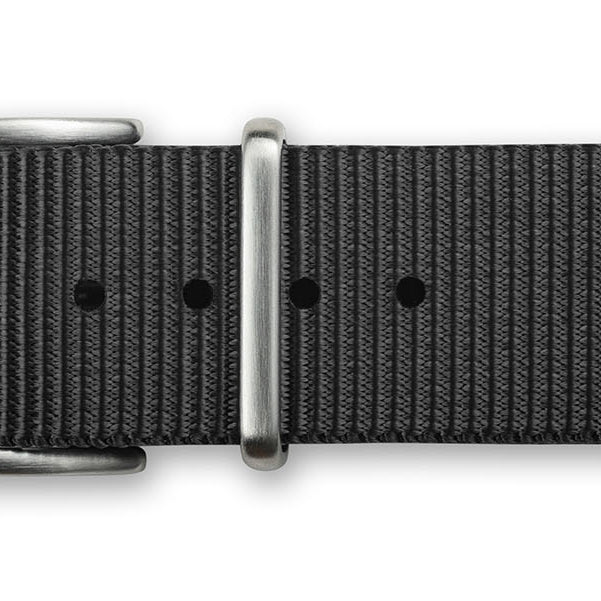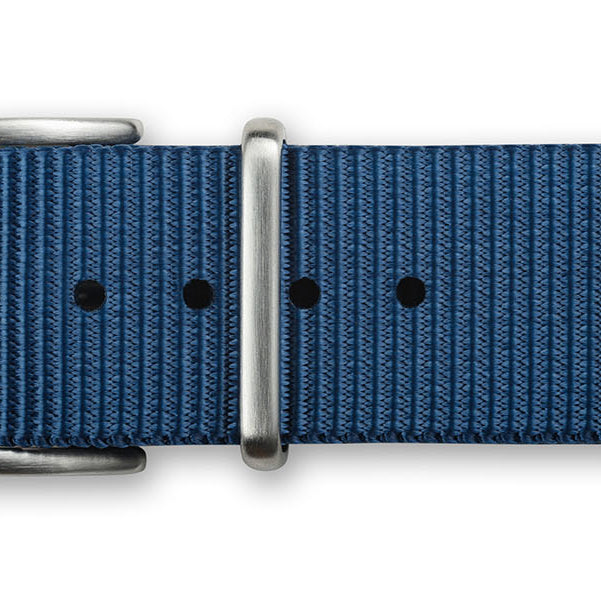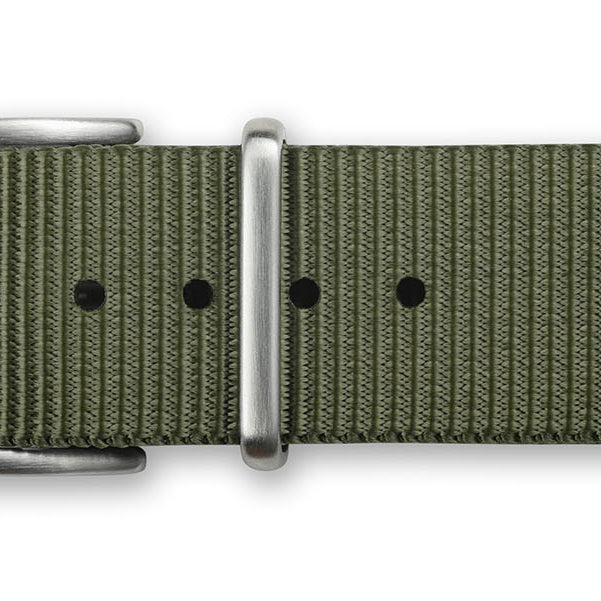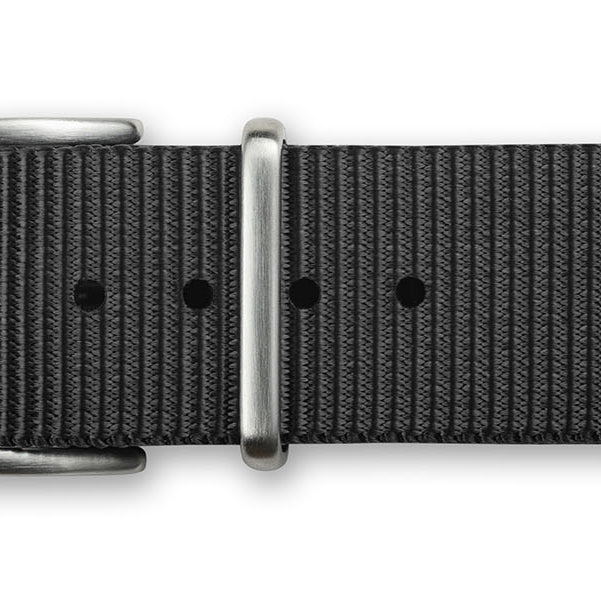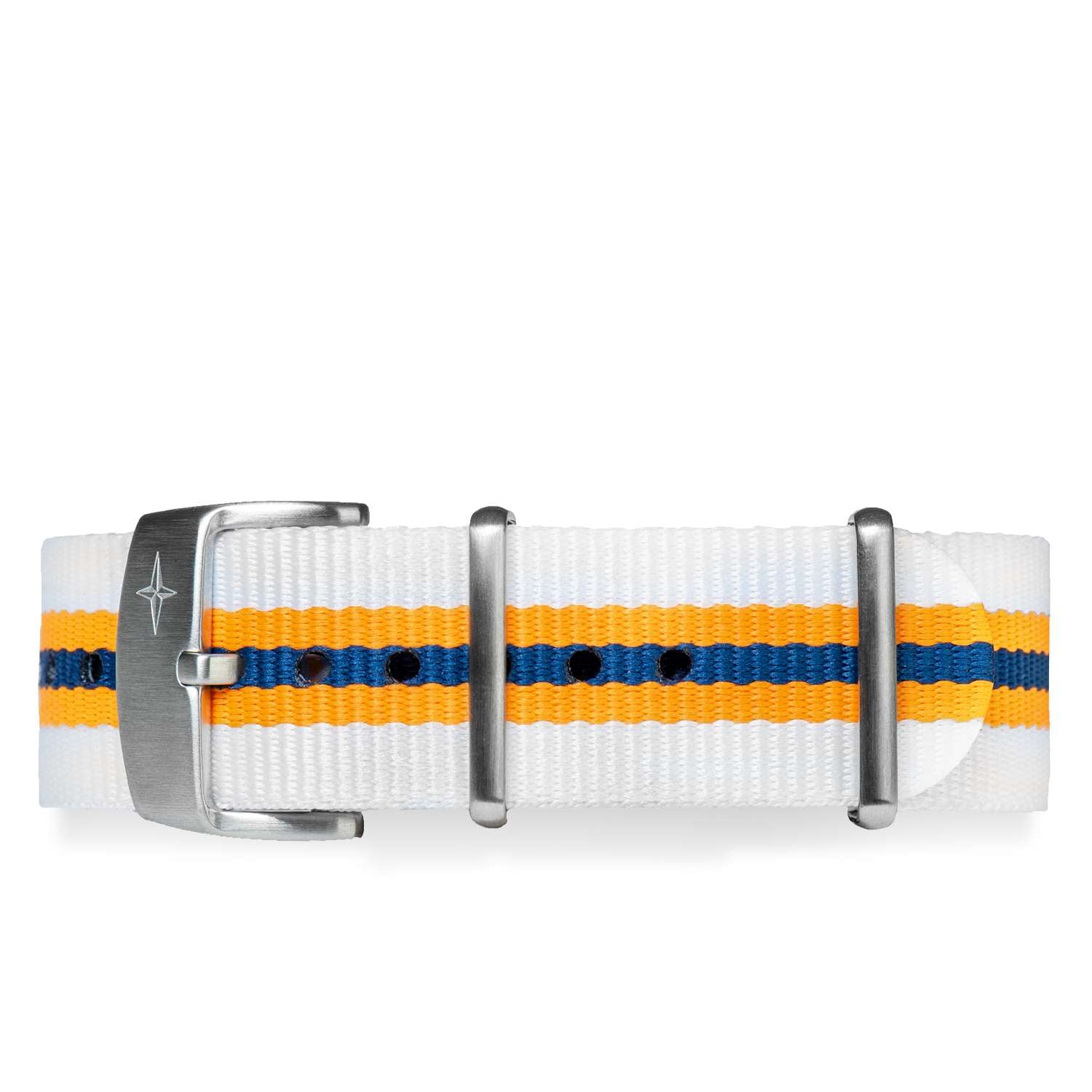How many of you have read these definitions and wondered what a watch movement really is?
And the answer is probably, everyone. Learning about how a watch works isn’t difficult - it’s just a matter of putting our attention over the issue because the principle of a watch operation is quite intuitive. In this short article, we’re going to show you what’s inside, since the movement is, as you might have guessed, what makes your watch work. Are you ready?
What are movements in watches?
As we said, the movement is the “heart” of your watch. Everything else about it depends on its “beating” – mainly, the function that shows the correct time. The movement, which is often a self-contained system, is also called a caliber or ébauche and was invented in its current form by a French watchmaker, Jean Antoine Lépine, around 1750.
Before Lépine, timepieces were made individually, one by one, so even two watches that looked similar at first glance had differences. Lépine’s concept of a module was then developed in the mid-nineteenth century by creating watches using industrial procedures, which gave way to the large-scale manufacture of movements in standard sizes, which could be mounted inside cases of various types.
Movements nowadays usually are round in shape, but there are also so-called “shaped” movements, which have a different form from the standard round shape, and were used inside watches of different designs such as rectangular, elongated, and tonneau, which were very fashionable in the 1920s.
Round calibers were traditionally measured with a particular unit of measure, the so-called “French line,” represented by three apostrophes ('''), where one line equals 2.256 millimeters, and 12 lines form one French inch. Currently, it is preferred to measure the size of a caliber in millimeters.

Different types of watch movements
The constant technical evolution in watches has meant that watchmakers have invented many different types of movements other than the traditional mechanicals over the years. Some of these are still used today, and others have gone out of fashion - but all have demonstrated the creativity and ingenuity of the human being applied to watchmaking to produce ever more precise and high-performance movements.
The primary winding systems used in modern calibers (without claiming to be too exhaustive) are three: mechanical, electronic, and hybrid, which are in turn divided into several subcategories. Among these, there are very traditional systems, mostly untouched from their invention in the 1800s, and others that instead are very technologically advanced and exploit the possibilities offered by innovative materials such as silicon.
We find three main categories of watch movements:
-
Mechanical movements
-
Electronic movements
-
Hybrid movements
Mechanical watches - manual and automatic winding movements
The first mechanical movements date back to the beginning of 1500 and have represented the only type of movement in watchmaking history until the introduction of the quartz movement.
They work by the power of a mainspring, which is wound and slowly releases its energy into the wheels that make up the clock mechanism, marking the hours.
This impulse is balanced by a regulating mechanism of the movement, based on an oscillating wheel called a balance wheel.
These watches can be hand-wound watches, where the spring is wound by the rotation of the winding crown, or automatic watches, where the movement of the arm puts into action a system based on an oscillating mass that winds the watch.
As winding an automatic watch is so easy, the automatic system has found great popularity in watchmaking, especially in diver watches, and today, most mechanical watches sold are automatic.
The use of components made of materials such as silicon has made it possible further to improve the performance of watches of this type, and in some cases, to invent new systems, still uncommon but which remain in the field of mechanical watches.
The main advantage of mechanical watch movements is that, if wound regularly and maintained, they always work and do not depend on anything but the winding given manually or automatically.
The main disadvantage is that they tend to be more expensive, larger, more delicate, subject to periodic maintenance every five years, and less accurate than other more modern movement types.

Electronic Watches - Quartz and Solar movements
Electronic watches were born in the early 1950s, but the first models produced had many problems integrating electrical components with traditional elements, creating the first electromechanical watches.
Evolution came at first with the invention of the tuning fork watch, the most famous of which was the Bulova Accutron. Still, these watches then evolved again with the discovery of the quartz mechanism in 1970 by Seiko, and the creation of the first quartz-powered watch, the Seiko Astron.
The quartz watch accuracy provided by the design was awesome: thanks to a quartz oscillator combined with an integrated chip on a small circuit board, these watches could easily beat the best mechanical chronometers. Also, in time, they became inexpensive, and therefore very popular.
Quartz watches run on replaceable electric batteries or accumulators, which are usually charged by small solar panels placed under the dial.
Electronic watch movements have many advantages: they are very accurate, very cheap, extremely rustic, and work for long periods without having to be charged.
The main disadvantage is that these timepieces depend on batteries and accumulators, which must be periodically replaced, and without them, the watch is useless.
Hybrid Watches - Kinetic and Spring Drive movements
Hybrid watches feature mechanisms that combine mechanical and electronic elements. Over the years, several companies have carried out experiments in this field, but the one that obtained results used on a large scale was the Japanese Seiko.
The best-known result of Seiko’s research were these two movements, launched during the past forty years, which combine mechanical and electronic elements.
Specifically, the Seiko Kinetic has an automatic winding mechanism with a central rotor, which stores energy within an electric accumulator, and from this to a “traditional” quartz movement.
On the other hand, the Seiko Spring Drive has a traditional winding system (rotor or manual winding), which drives a particular mechanism based on a complex regulating system called Tri-Synchro. The latter is a hybrid regulator, incorporating an electronic chip to control the precision of movement and fulfilling the function of the regulator of a traditional mechanical watch, the balance wheel.
The main advantage of hybrid watches is their accuracy, which reaches that of electronic timepieces, and their innovative technology, making them pleasant to wear and cutting-edge.
However, the main disadvantage is that this type of movement represents a niche: this technology is only used by one watchmaker, something that limits the choice of watches available, and in case of problems, not all professionals can repair these movements.
Quick reference chart:
| Power | Autonomy | Price | Value Retention | |
| Mechanical | Spring | Up to 80 h. | ★★★ | ★★* |
| Electronic | Battery | 2 years | ★ | ★ |
| Hybrid | Varies | Varies | ★★★ | ★★ |
*Some mechanical watches have incredible value retention, and even appreciate in value by much, but the majority loses some value when used (second-wrist)
Automatic vs. quartz watches - which is better?
Leaving aside hybrid movements, which are a bit of a case in themselves, the watchmaking world is traditionally divided into automatic and quartz watches. It remains challenging to say which is the better system: both have many positive points and just as many drawbacks.
We tend to believe that these antithetical systems are two sides of the same coin and that both have their own good reasons for existing since, in reality, each has its specialisation.
Let’s examine together some of the elements that influence their use, and that can define their characteristics well to allow you to make a wise choice in choosing a watch of one type over the other.

Lifespan
Modern watches are small measuring instruments that represent the result of a long improvement process over the years. This means that by now, the problem of durability no longer arises if it ever did: the typical manual-wind or automatic watch lifespan is possibly endless.
For example, the vintage watches we see on the wrists of many enthusiasts date back to the 1950s or 1960s - so these are watches that have passed the half-century mark. It is very rare that we daily drive cars just as old.
The only problem may concern, both in quartz and mechanical, the lower quality productions, which might be challenging to repair. In this case, the best thing to do is to change the entire mechanism of the watch while it is still in production.
Accuracy
In this field, despite countless technological innovations, the quartz movement wins in every sense. Quartz calibers are infinitely more accurate than traditional mechanical movement, so if you need to refer to a highly reliable timepiece, quartz-based movements are ideal.
The problem that can occur with quartz watches concerns their power supply, which is the use of a battery to operate them. The battery generally lasts for a couple of years, but you cannot predict the exact duration.
Also, there is no deterioration in performance: a quartz watch either operates if the battery is sufficient or it no longer works. For this reason, several quartz watches offer a visual indicator that shows when the battery is low: the second hand, instead of proceeding in one-second increments, makes two-second bursts at a time.
In this case, it’s best to change the battery as soon as possible to prevent the watch from stopping, though you may not know when it will do.
Price
Here again, watches with quartz mechanism lead the race: the calibers cost less, are not subject to periodic revisions, and in this case, it is more cost-effective to throw them away and replace them with a new one. This makes quartz watches less expensive to buy and less demanding in maintenance.
Likewise, however, it can be said that this efficiency and simplicity is the big problem with quartz watches. Manufacturers tend to produce movements for limited periods and replace them after a few years. This means that if your quartz watch has issues in the future, it may be difficult to find the movement used (or a compatible one) and the relevant spare parts. This could mean that your quartz watch could become unusable, and therefore, need to be replaced.
Value
Residual value, after purchase, rewards mechanical watches. Despite its undoubted qualities, the quartz watch is considered among the watch community a less prestigious solution, which leads the market for second-hand quartz watches to suffer and their value to drop.
On the other hand, the market for used mechanical watches is holding up well, and although they do not reach the heights of some specific models, which cost more used than new, due to their scarcity, a mechanical watch will almost always have a much higher value than a quartz counterpart.
Despite the important effect of brands, which raise the prices of each timepiece, as far as quartz watches are concerned, not even the presence of an important brand can improve, if not marginally, the value retention over time.
Beware, however: since the quartz technology is starting to become “vintage,” the first watches containing quartz movements are beginning to rise from the oblivion of the low commercial quotations they had until five years ago.
Too early to say if this is a trend: but anyway, we note that the market for vintage quartz watches, and their admirers, is increasing: so our advice is to keep this in mind and store your vintage quartz-based watches somewhere (removing the batteries from the movement, of course).

In summary
This article represents but a concise explanation of the movements that animate our watches. However, it should be helpful to start getting to know and understand them precisely to choose and use them according to their main characteristics.
Beyond the technical features, we must remember that all the movements of our watches are small machines, and as such, we must take care of them from time to time, especially if the watch has a specific value.
However, it is good to know that nowadays, all watches have a high degree of reliability, so your timepiece will continue to accompany you for a long time, performing its function excellently on your wrist.

The Davosa-USA.com website is NOT affiliated in any way with Audemars Piguet, Franck Muller USA, Inc. Richard Mille or Richemont Companies, Seiko, or any other brand which is not Davosa Swiss. Rolex is a registered trademark of Rolex USA. Davosa-USA website is not an authorized dealer, reseller, or distributor for Rolex and is in NO WAY affiliated with Rolex SA or Rolex USA or any other brand besides Davosa Swiss. |

